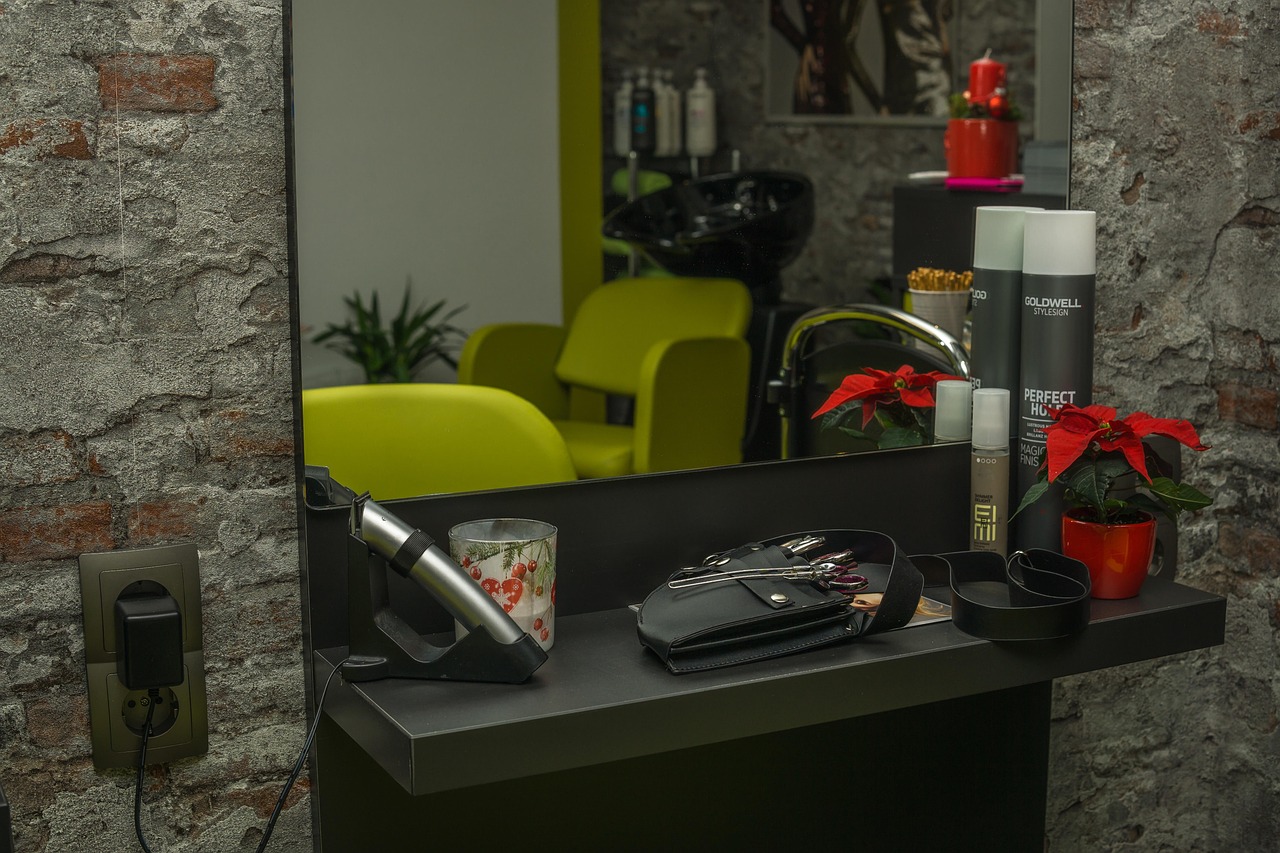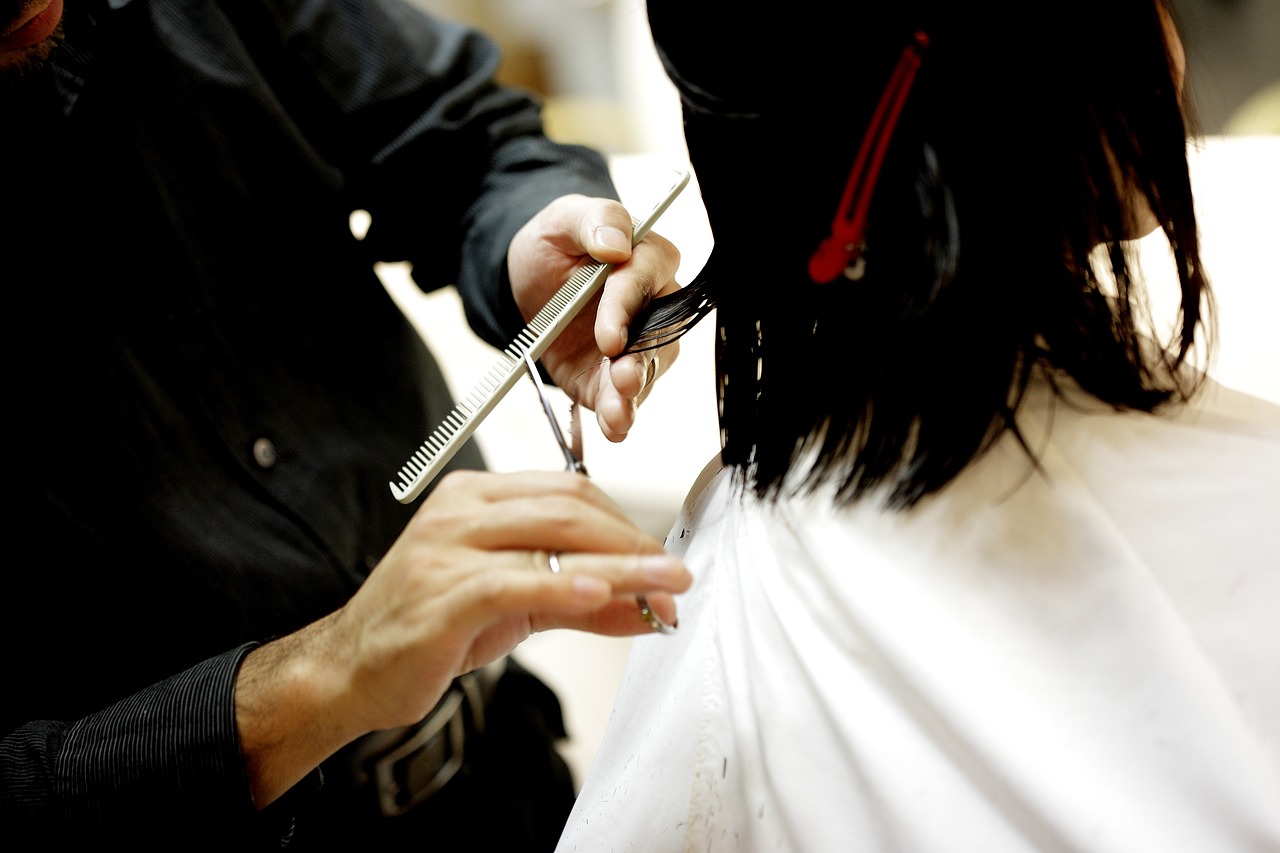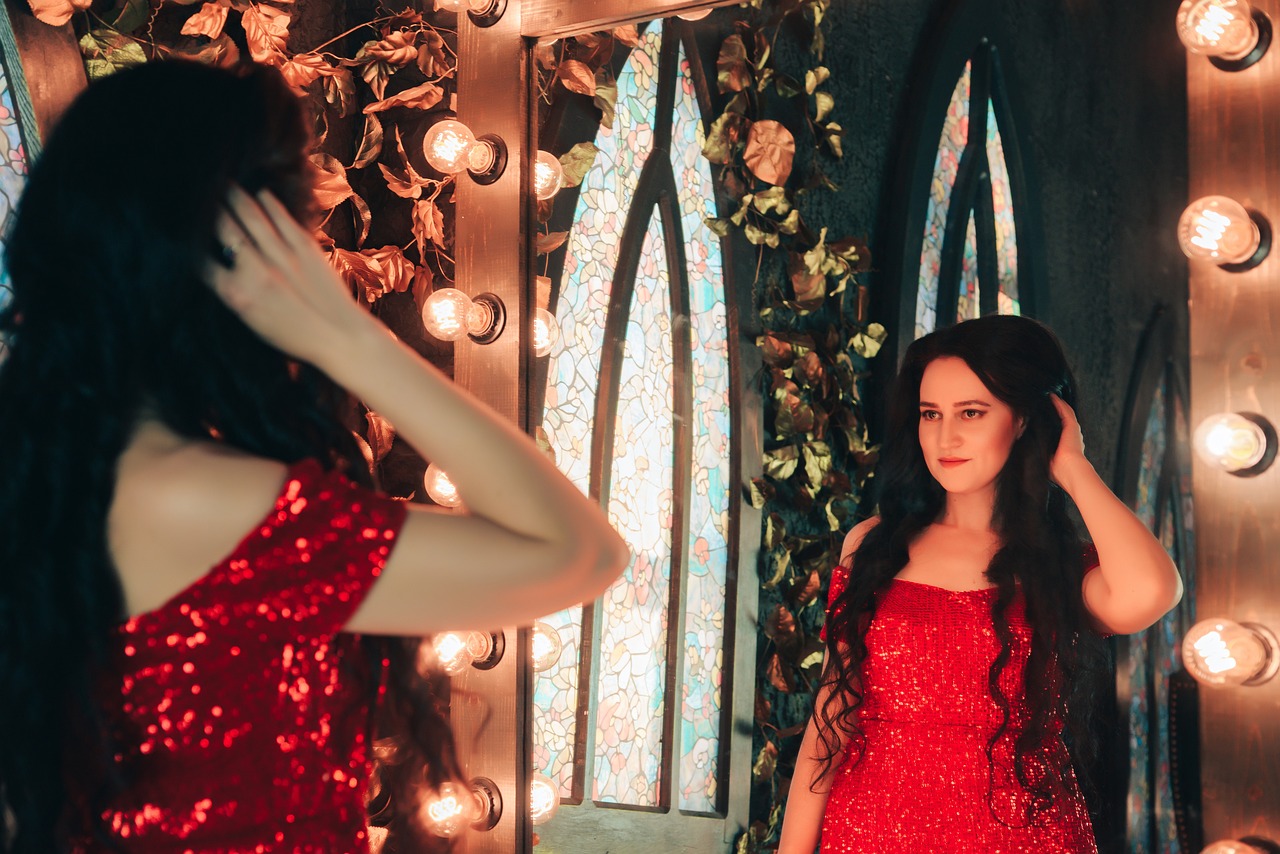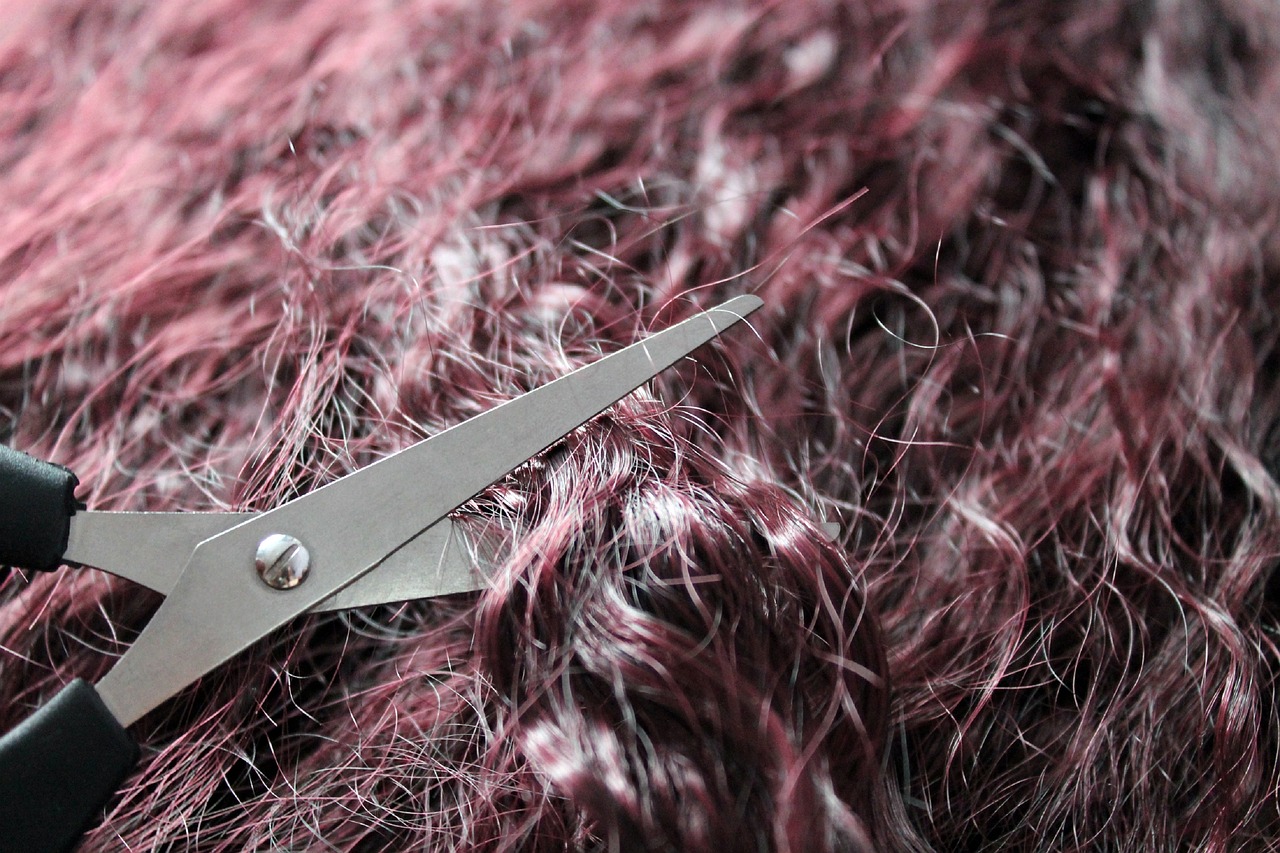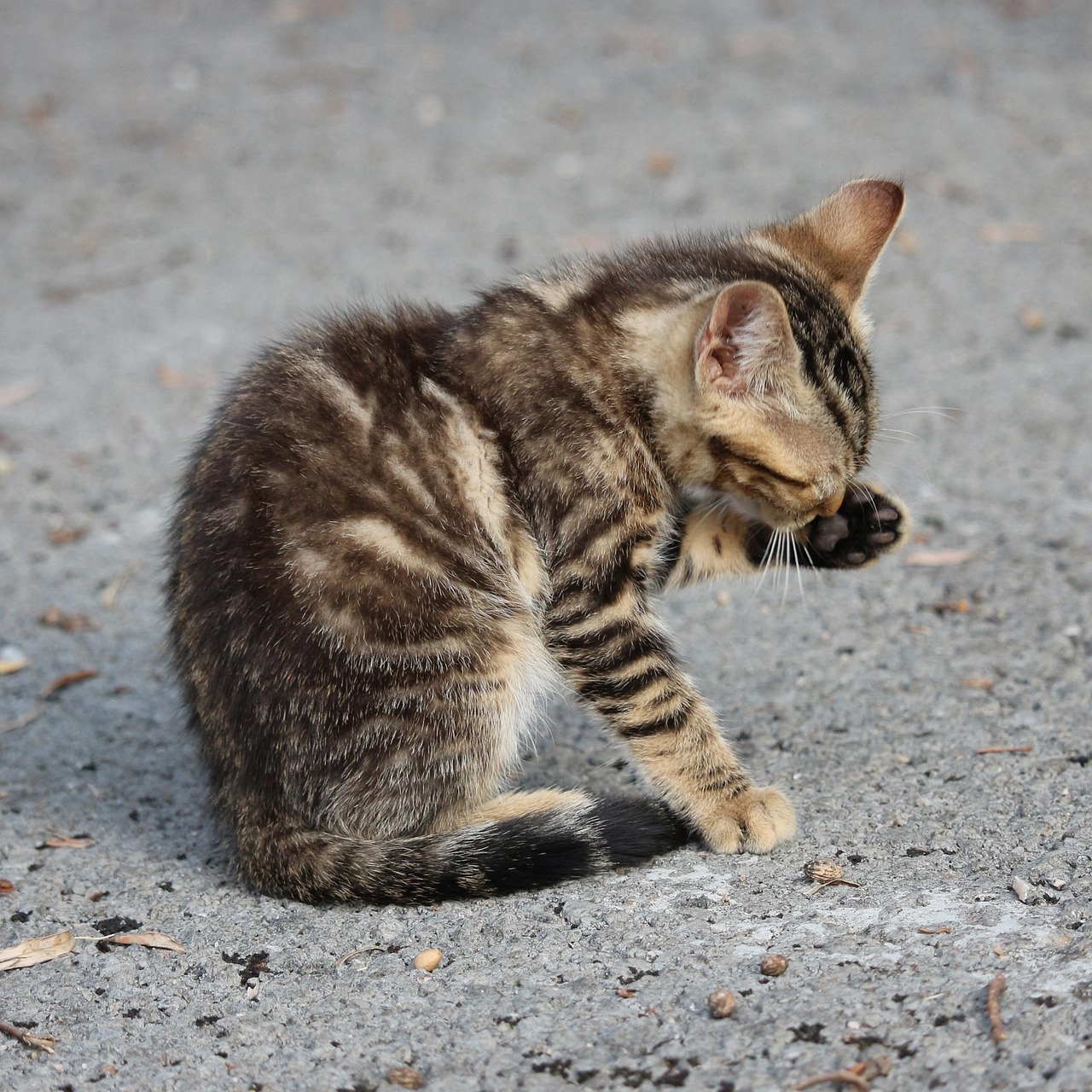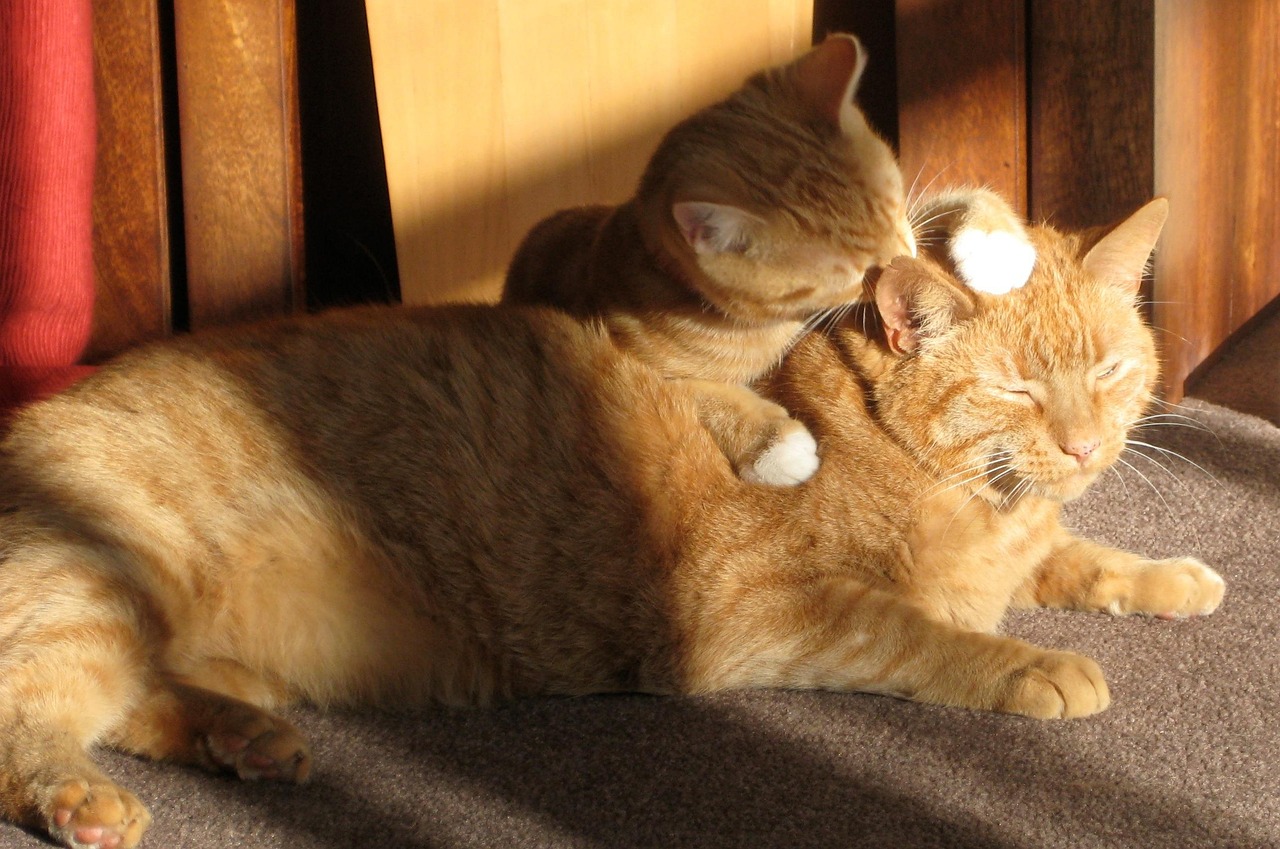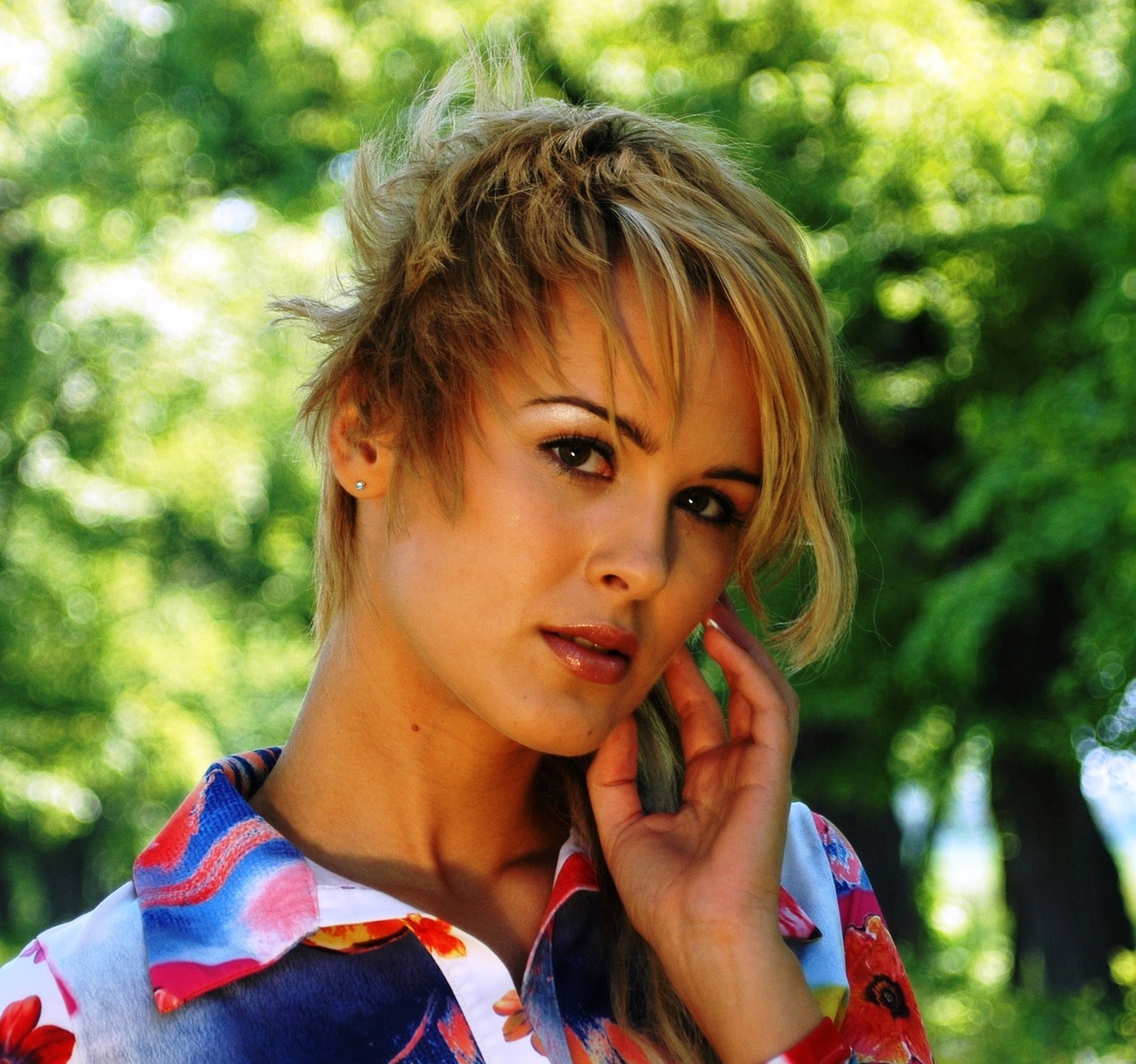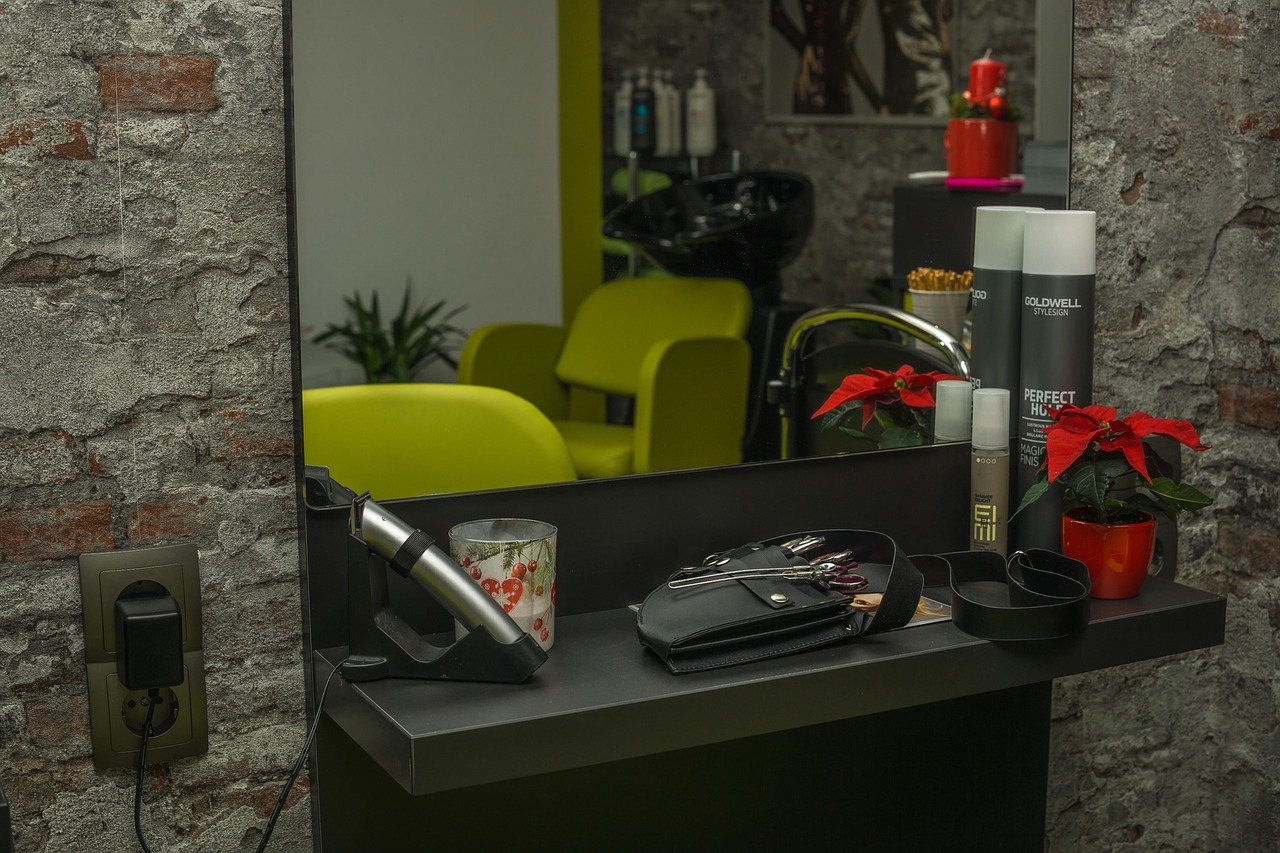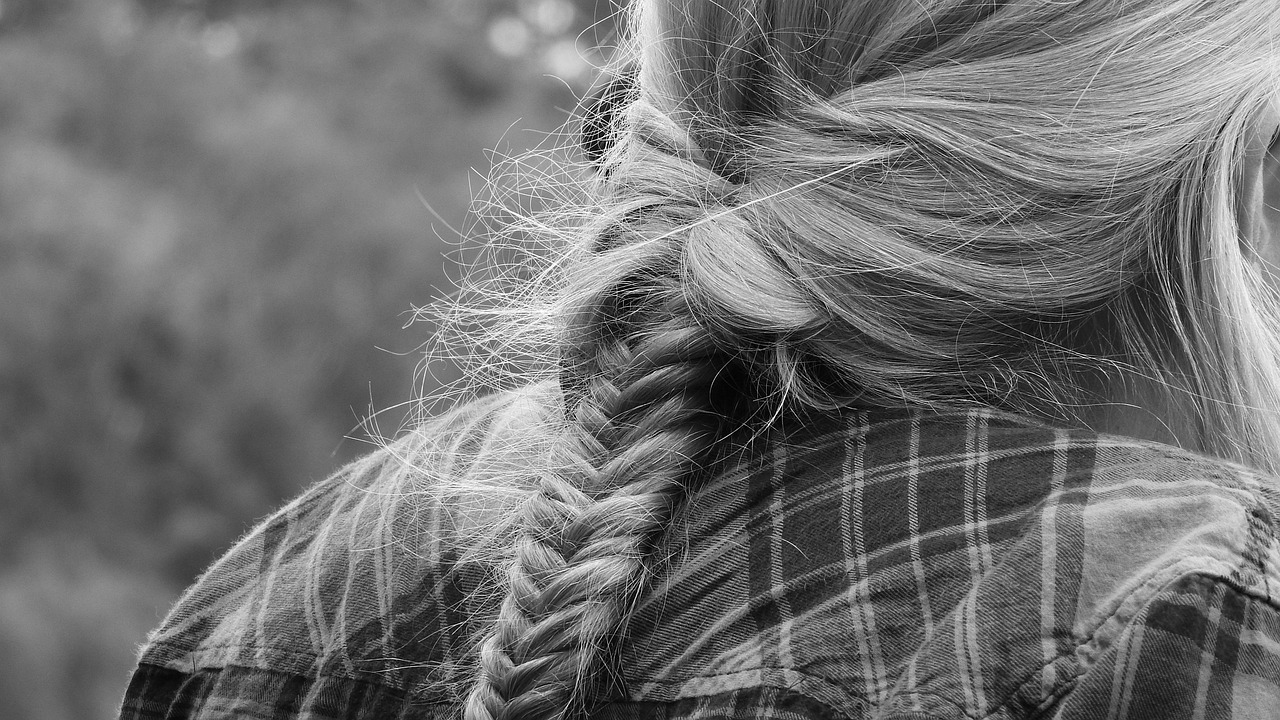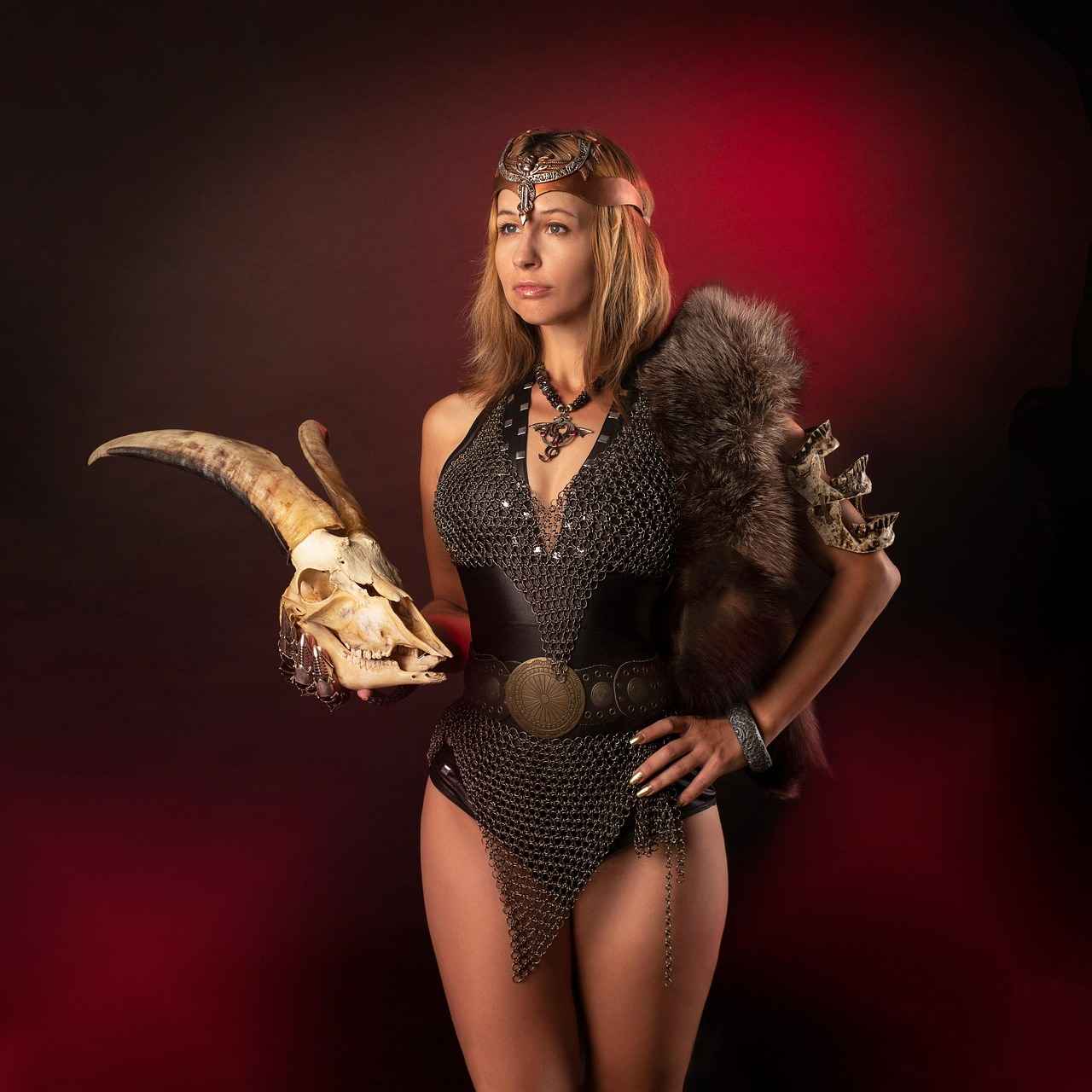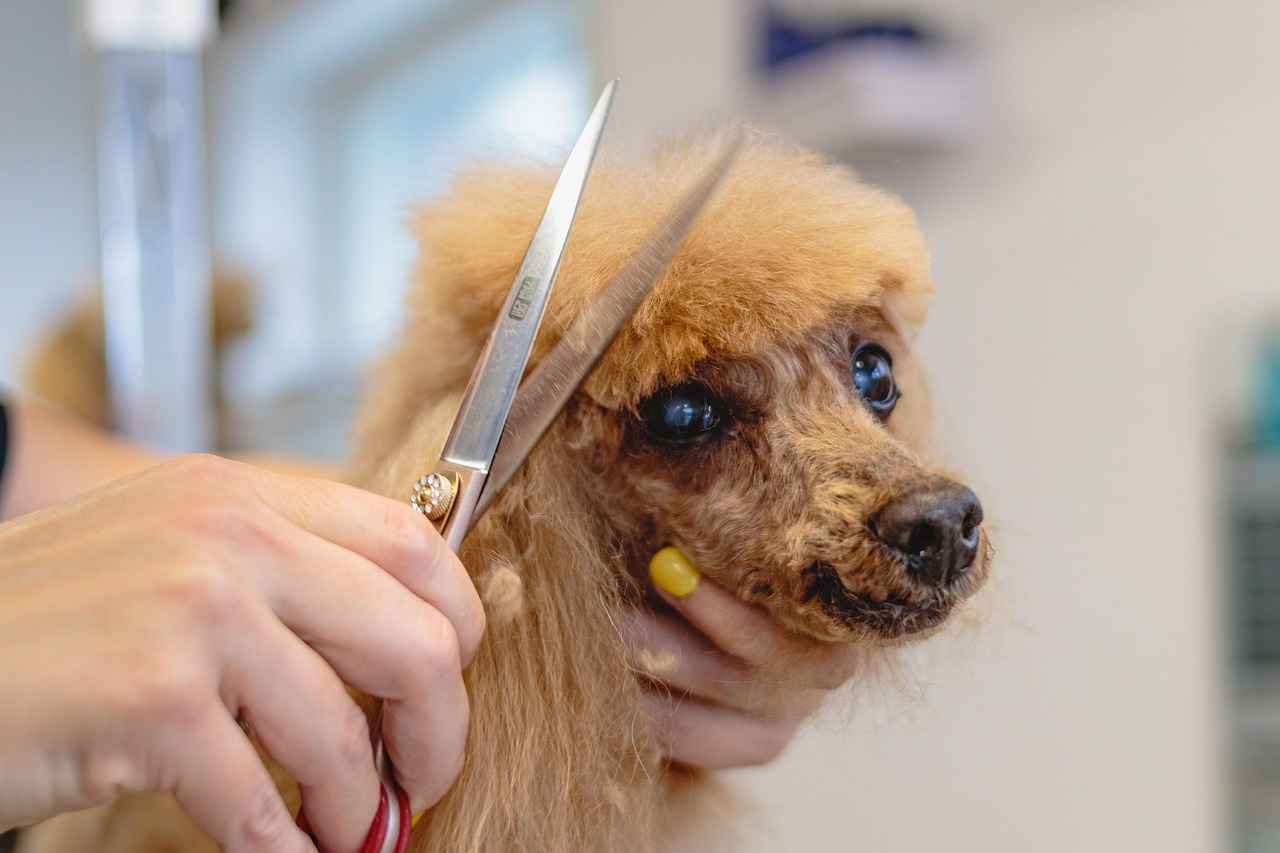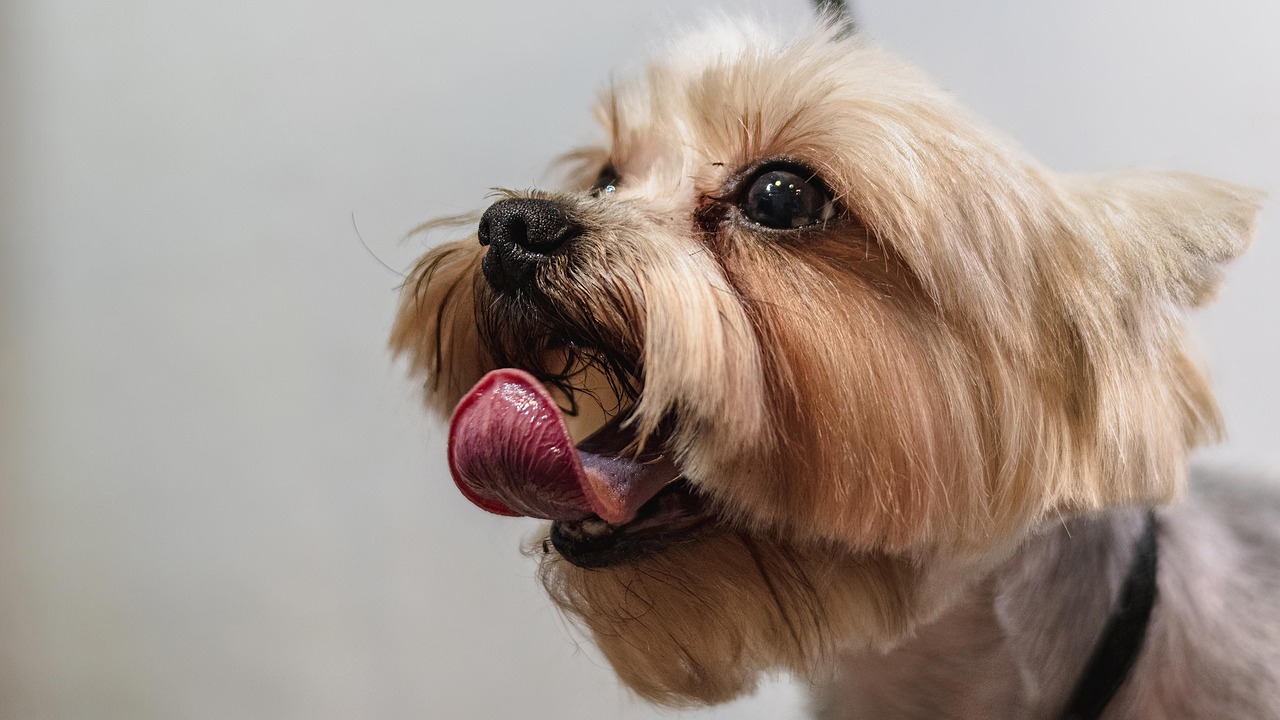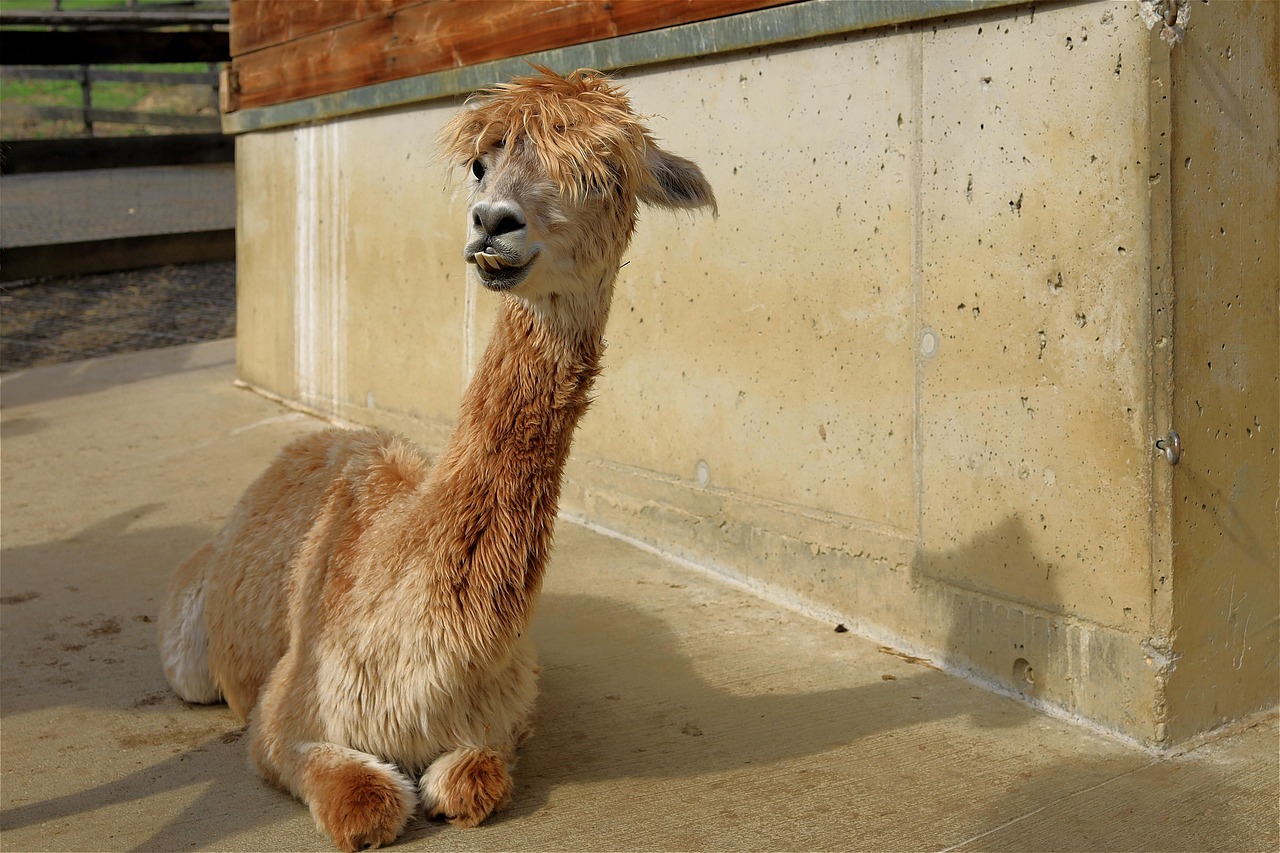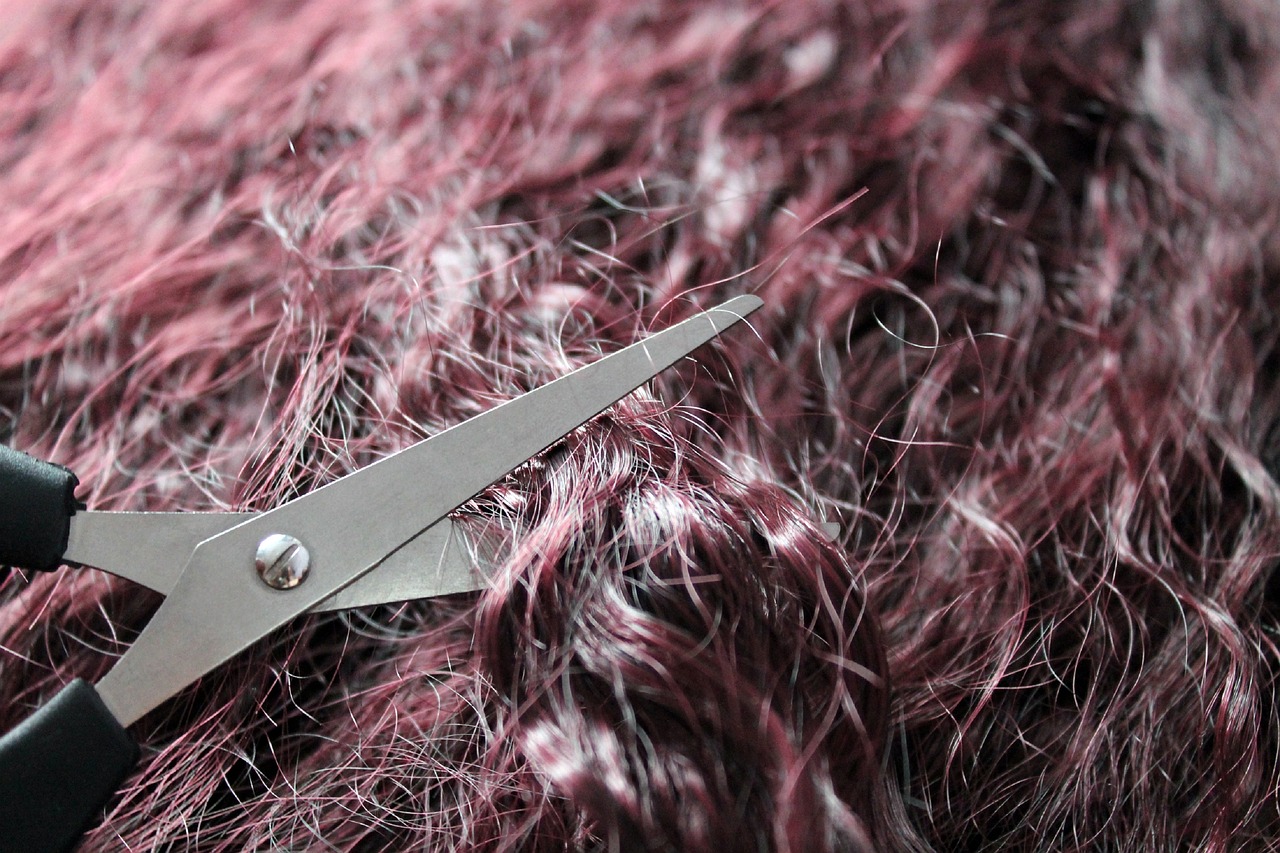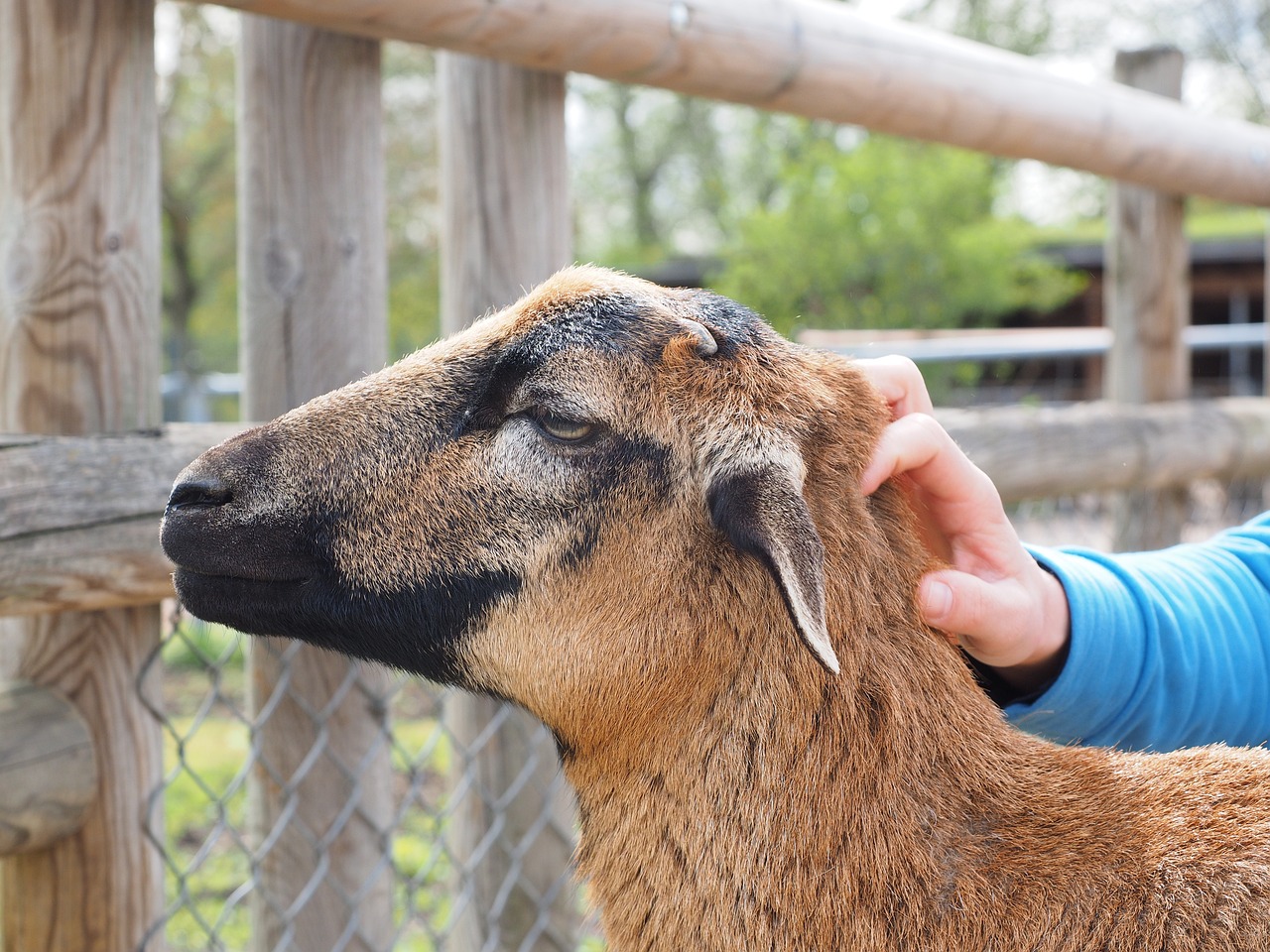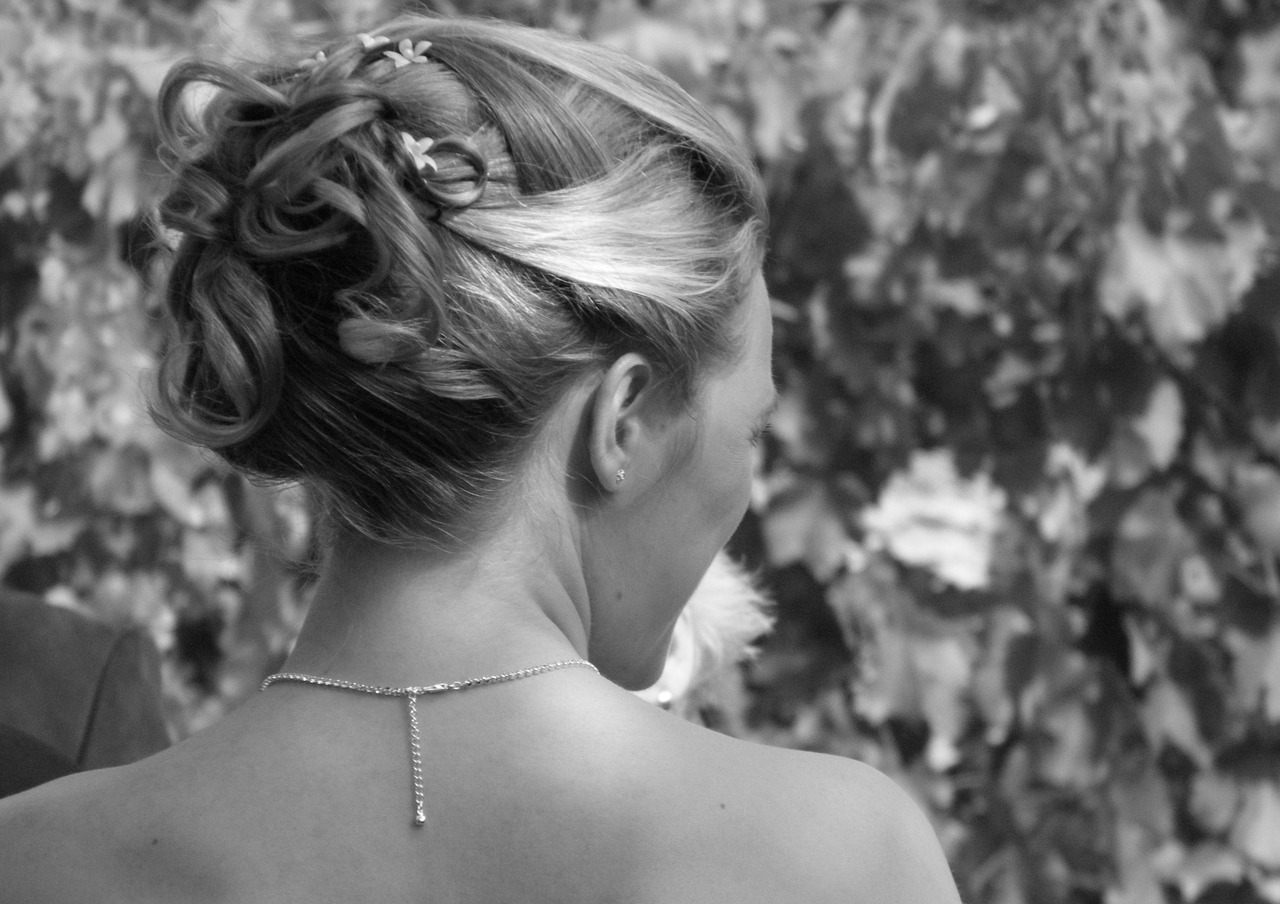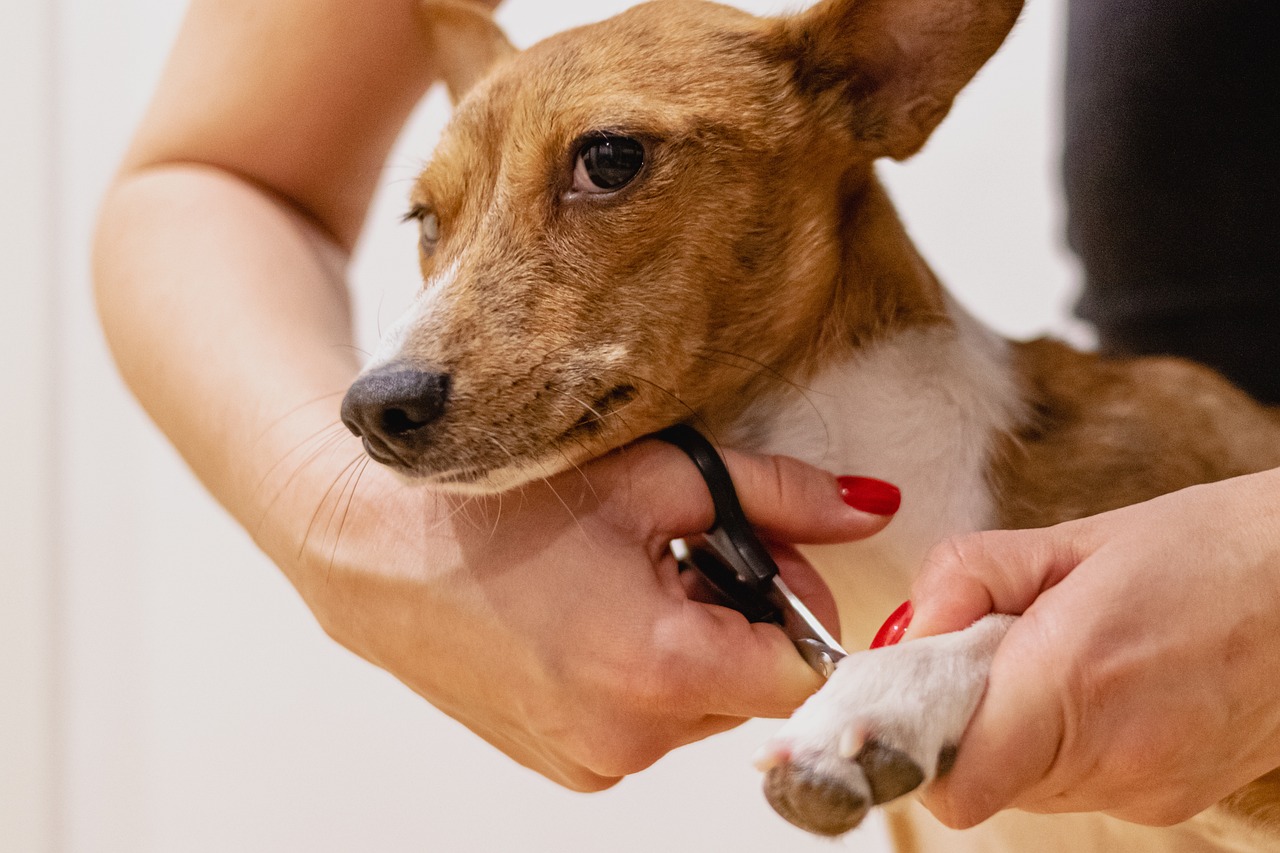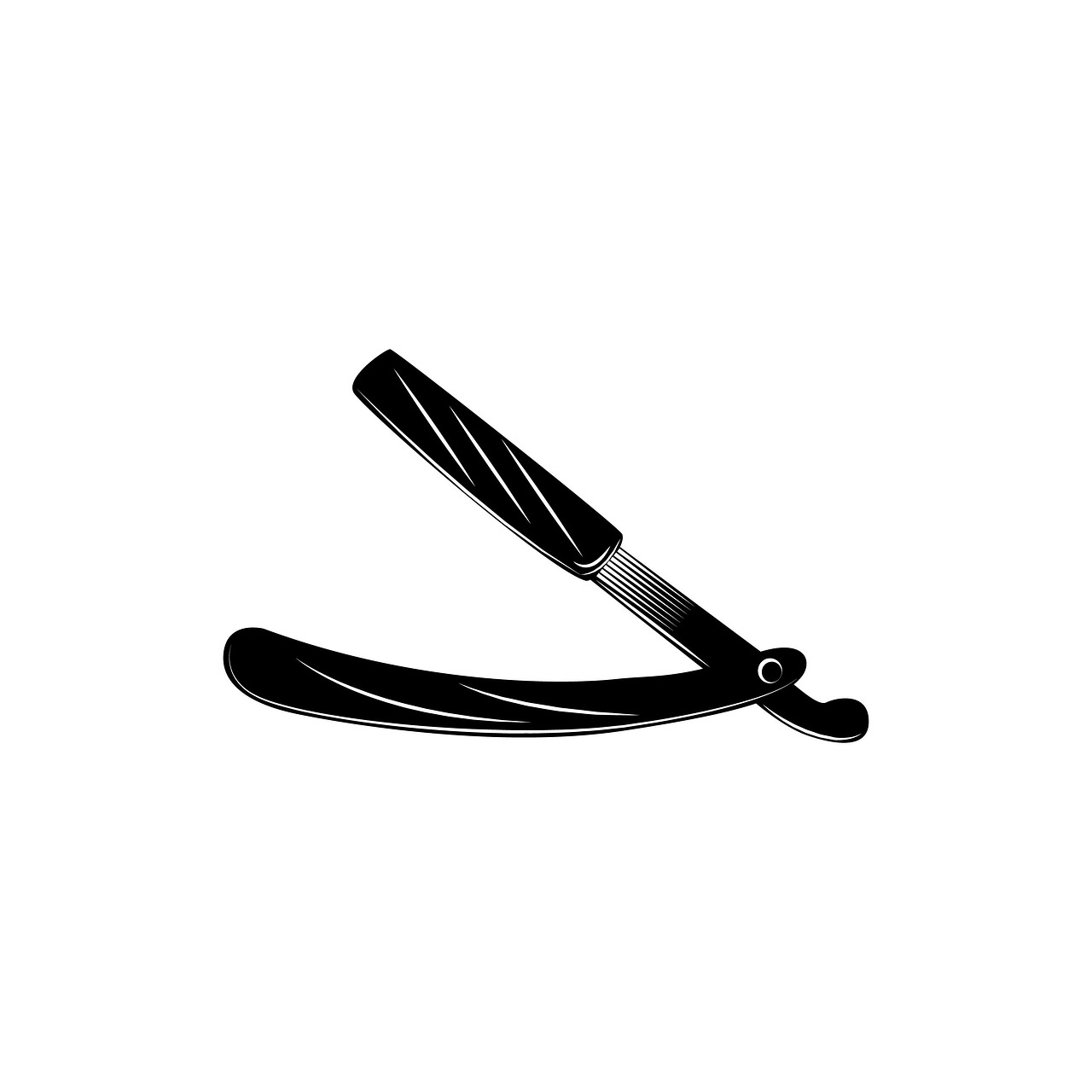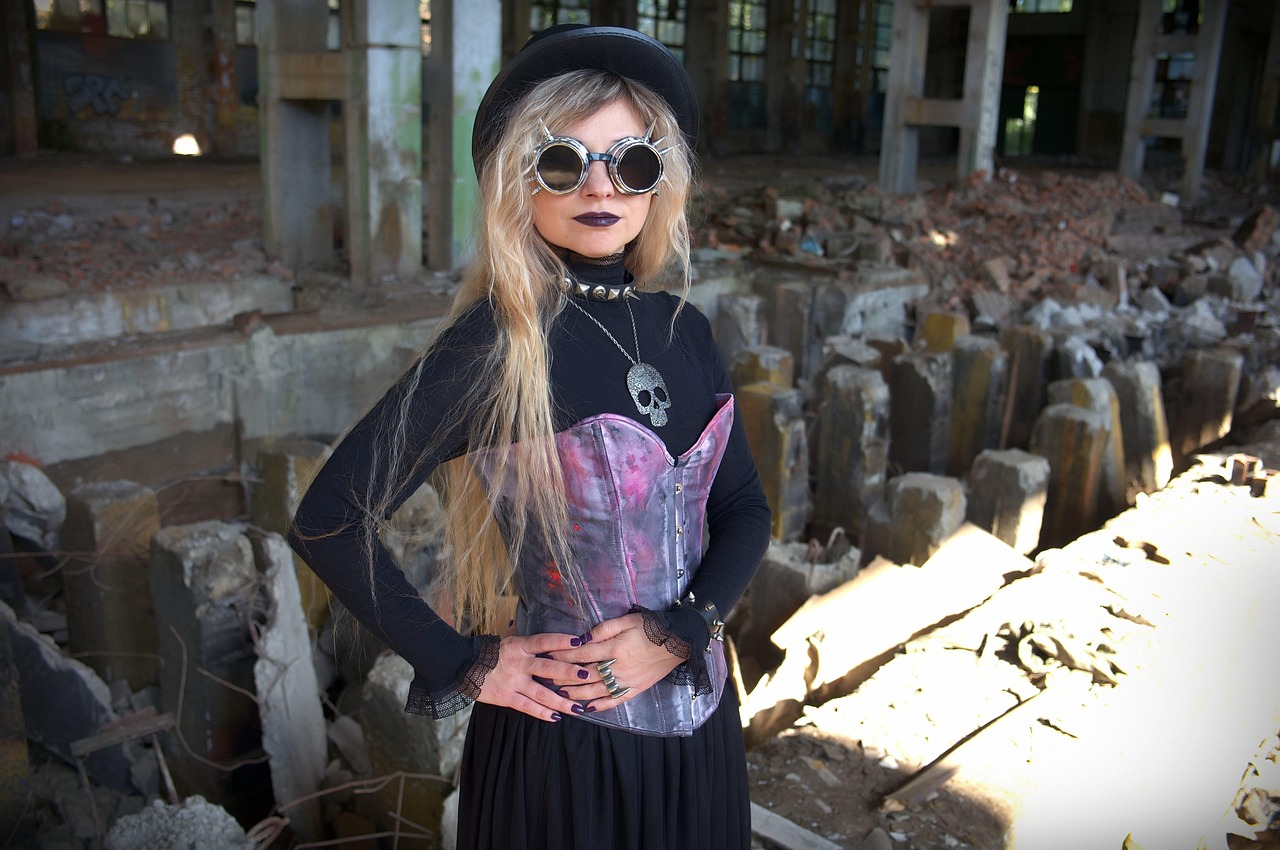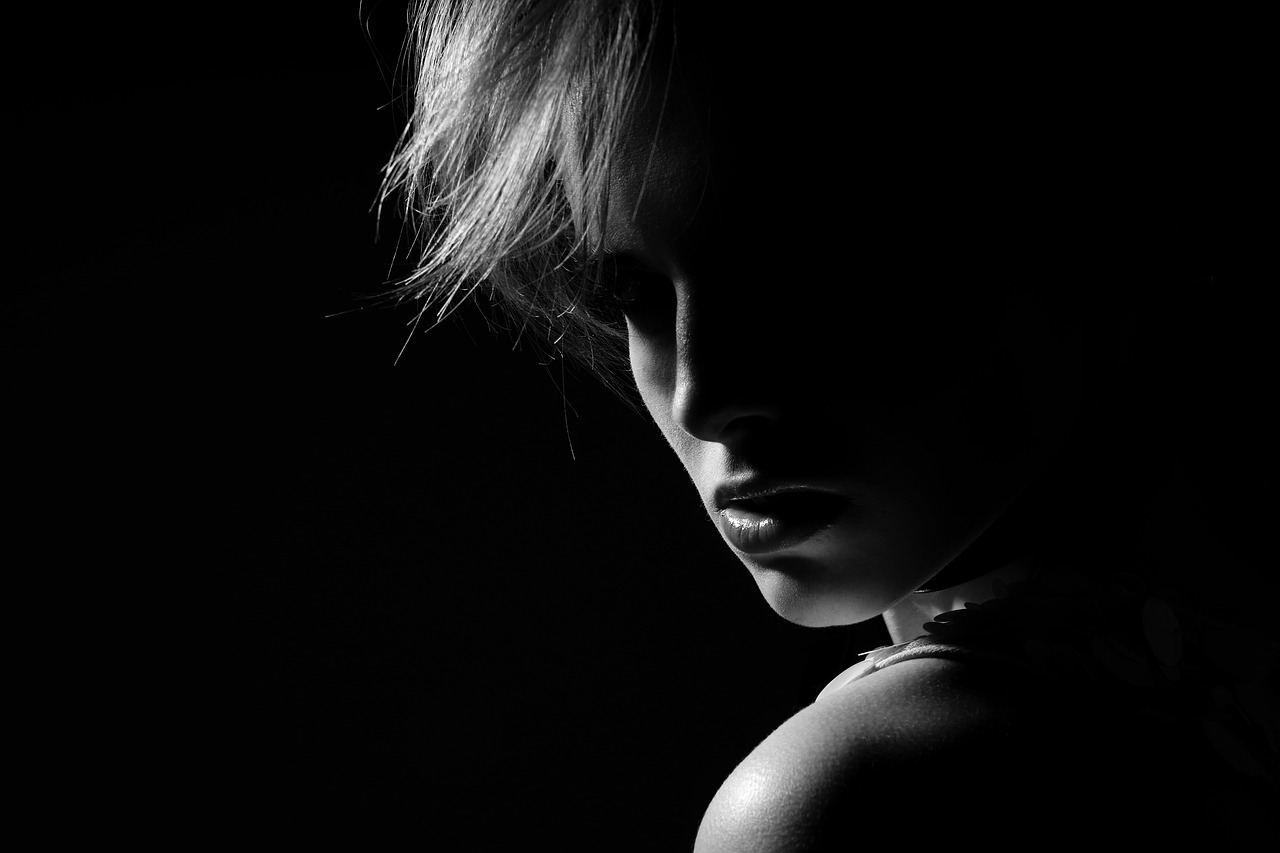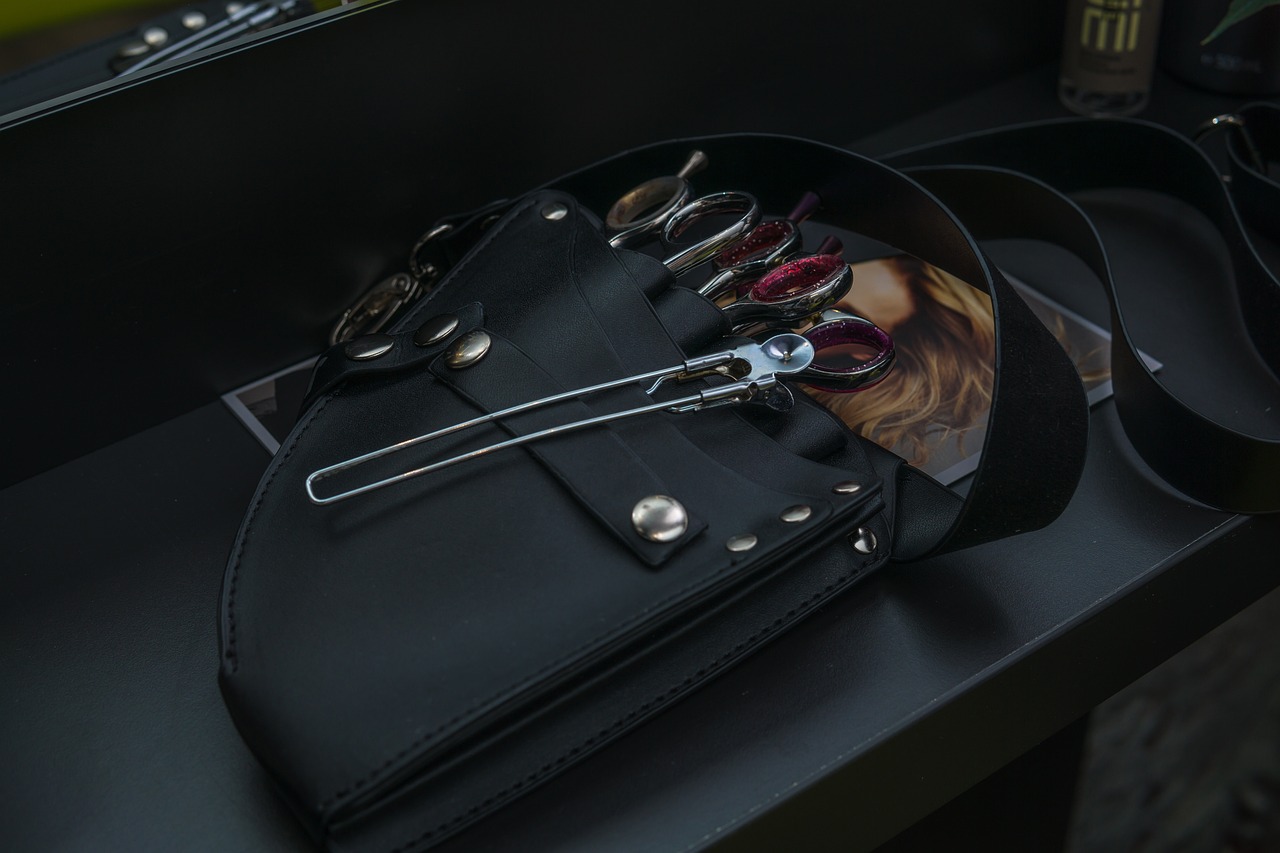This article delves into the world of haircut styles, offering guidance to help you select the most suitable one based on your face shape, hair type, and personal preferences. With a focus on current trends and practical tips, you’ll be equipped to make an informed decision about your next haircut.
What Are the Most Popular Haircut Styles for 2023?
In 2023, the haircut scene is vibrant and diverse. Popular styles include:
- Bobs: A timeless classic, bobs come in various lengths and textures, perfect for both straight and wavy hair.
- Pixie Cuts: This short style is bold and chic, ideal for those wanting to make a statement.
- Lobs: Long bobs provide versatility and can be styled in numerous ways, making them a favorite.
These styles are not only trendy but also adaptable to different hair types and face shapes.
How to Choose the Right Haircut for Your Face Shape?
Your face shape plays a crucial role in determining which haircut will enhance your features. Here’s a breakdown:
Round Face Shapes
- Opt for cuts that add height, such as long layers or a textured bob, to elongate the face.
Oval Face Shapes
- Almost any haircut works; consider soft waves or blunt cuts to highlight your balanced proportions.
What Factors Should You Consider When Choosing a Haircut?
Beyond aesthetics, consider these factors:
Hair Texture
- Straight hair often looks sleek with sharp cuts, while curly hair benefits from layered cuts that maintain bounce.
Lifestyle and Maintenance
- If you lead a busy life, choose a low-maintenance style that requires minimal daily effort.
How to Communicate Your Desired Haircut to Your Stylist?
Clear communication with your stylist is essential. Here are some tips:
Using Visual References
- Bring photos that showcase the exact style you want, which can help your stylist understand your vision.
Describing Your Preferences
- Be specific about what you like and dislike; terms like “textured” or “blunt” can clarify your expectations.
What Are the Best Haircuts for Different Hair Types?
Different hair types require tailored approaches:
Straight Hair
- Consider sharp cuts or blunt bangs to enhance shine and create a polished look.
Curly Hair
- Opt for layered cuts that allow curls to spring freely without looking bulky.
How to Maintain Your Haircut for Longevity?
To keep your haircut looking fresh:
Regular Trims
- Schedule trims every 6-8 weeks to prevent split ends and maintain shape.
Styling Products
- Invest in quality products suited for your hair type to enhance and maintain your style.
By considering these factors and insights, you can confidently choose a haircut that not only suits your style but also complements your unique features.

What Are the Most Popular Haircut Styles for 2023?
As we step into 2023, the world of haircuts is buzzing with fresh trends that blend classic styles with modern twists. Whether you’re looking to make a bold statement or simply refresh your look, this year’s haircut styles offer something for everyone. From chic bobs to playful pixies, let’s explore the most popular haircut styles that are making waves this year.
This year, classic haircuts are being reimagined for a contemporary audience. The bob haircut remains a top choice, known for its versatility. With variations like the long bob (or lob) and the angled bob, this style can be tailored to suit different face shapes and personal styles. The bob’s clean lines and structured form make it an ideal choice for both casual and formal occasions.
In addition to classic cuts, 2023 has seen an emergence of modern twists on traditional hairstyles. The pixie cut is a perfect example, offering a bold and daring look that emphasizes facial features. This year, pixies are often paired with textured layers, providing volume and movement that enhance the overall style. Another trend is the shag haircut, which incorporates choppy layers and bangs for a carefree, bohemian vibe.
Alongside haircut styles, hair color trends are also evolving. This year, balayage and ombré techniques are popular for adding depth and dimension to various cuts. These coloring methods work exceptionally well with bobs and pixies, giving a fresh and vibrant look. Additionally, bold colors like pastels and vivid shades are being embraced, allowing individuals to express their personality through their hairstyle.
When selecting a haircut, it’s essential to consider your face shape, hair texture, and lifestyle. For instance, those with round faces may find that a long bob or a side-swept pixie helps elongate their features, while those with oval faces can experiment with a wider range of styles, including shags and curly cuts.
To achieve your desired look, effective communication with your stylist is crucial. Bring visual references and be clear about what you want. Utilize terms like textured, layered, or blunt to describe your preferences. This will help ensure that your stylist understands your vision and can execute it accurately.
Once you’ve chosen your perfect haircut, maintaining it is key to keeping it looking fresh. Regular trims every 6-8 weeks can help prevent split ends and maintain the shape of your cut. Additionally, using the right styling products tailored to your hair type can enhance your haircut’s appearance and longevity.
In summary, 2023 is a year of exciting haircut trends that cater to a variety of tastes and styles. Whether you opt for a classic bob or a daring pixie, the right haircut can elevate your look and boost your confidence. Embrace the trends and find a style that resonates with your personality!

How to Choose the Right Haircut for Your Face Shape?
Choosing the right haircut is not just about following trends; it’s about understanding the unique contours of your face. Knowing your face shape can significantly enhance your overall appearance, allowing you to select a style that complements your features beautifully. In this section, we delve into how different hairstyles can flatter various face shapes, ensuring you make an informed decision.
Face shape plays a pivotal role in determining which haircuts will enhance your natural beauty. Different styles can either highlight or soften your features, making it essential to choose wisely. Here are the primary face shapes and the best haircut styles for each:
- Long Layers: Adding length to your hair can help elongate the face.
- Side-Swept Bangs: These can create the illusion of a slimmer face.
- Asymmetrical Cuts: A longer front and shorter back can add definition.
These styles work to balance proportions and give a more angular appearance to round faces.
Oval faces are often deemed the most versatile when it comes to haircuts. You can experiment with various styles:
- Shoulder-Length Cuts: These can frame the face beautifully.
- Pixie Cuts: A bold choice that showcases facial symmetry.
- Long Waves: Soft waves can enhance the natural balance of an oval face.
With an oval face, the key is to maintain harmony and accentuate your features.
For square faces, the goal is to soften the strong jawline:
- Textured Layers: These can break up the angularity of the face.
- Soft Waves: Gentle waves can add softness and movement.
- Side-Parted Styles: A deep side part can create an illusion of length.
These styles help to create balance and soften the facial structure.
Heart-shaped faces benefit from styles that draw attention away from the forehead:
- Chin-Length Bobs: These can balance the wider forehead.
- Side-Swept Bangs: They add softness and frame the face.
- Long Layers: Layers that start below the chin can help elongate the face.
These haircuts provide a flattering frame for your features.
To find your face shape, pull your hair back and observe the contours of your face in a mirror. Measure the width of your forehead, cheekbones, and jawline, and consider the length of your face. This will help you identify your shape and choose the most flattering haircut.
In conclusion, understanding your face shape is crucial for selecting a haircut that enhances your features. By considering these styles and tips, you can achieve a look that not only feels right but also looks stunning. Remember, the right haircut can transform your appearance and boost your confidence!
Round Face Shapes
When it comes to selecting the perfect haircut, understanding your face shape is essential. For those with round faces, specific haircut styles can effectively elongate and define facial features, creating a more balanced and flattering look. In this section, we will explore the best haircut options tailored for round face shapes, ensuring you enhance your natural beauty.
Round faces are characterized by softer angles and equal width and length. The goal when choosing a haircut is to create the illusion of length and add definition. Here are some of the most recommended styles:
- Long Layers: Long, layered cuts can add movement and length to your hair, diverting attention from the roundness of your face. Layers that start below the chin or at the shoulders work wonders.
- Asymmetrical Bobs: An asymmetrical bob, where one side is longer than the other, can create a striking visual effect. This style not only adds edge but also elongates the face.
- Side-Swept Bangs: Opting for side-swept bangs can break the roundness of your face, providing an angle that enhances your features. Avoid blunt bangs, which can emphasize the roundness.
- Shaggy Cuts: A shag haircut, with its textured layers, can give a sense of height and volume, making your face appear longer. This style is playful and trendy!
When selecting a haircut, consider the following tips to ensure it complements your round face:
- Consult with a Stylist: A professional stylist can provide personalized advice based on your unique features and hair type.
- Consider Your Hair Texture: Different hair textures respond differently to various cuts. Fine hair may require more layering, while thick hair can handle bolder cuts.
- Think About Maintenance: Choose a style that fits your lifestyle. Some cuts require more upkeep than others, so be realistic about your daily routine.
Once you’ve chosen the perfect haircut, styling is key to achieving the desired look. Here are some tips:
- Use Volumizing Products: Products that add volume can help lift the hair at the roots, enhancing the elongating effect of your haircut.
- Embrace Waves: Soft waves can add texture and movement, drawing attention away from the roundness of your face.
- Experiment with Hair Accessories: Accessories like headbands or clips can help create angles and add dimension to your hairstyle.
By understanding the unique characteristics of round face shapes and exploring various haircut options, you can find a style that not only enhances your features but also boosts your confidence. Remember, the right haircut is not just about following trends; it’s about finding what works best for you!
Oval Face Shapes
When it comes to selecting the perfect haircut, understanding your face shape is essential. Among the various face shapes, oval faces are often considered the most versatile. This article will delve into the best haircut options for individuals with oval face shapes, ensuring you can accentuate your unique features while maintaining a harmonious look.
Oval faces are characterized by balanced proportions, where the length of the face is about one and a half times its width. This shape allows for a wide variety of haircut styles, making it easier to experiment with different looks. Whether you prefer long, flowing locks or a chic bob, the options are nearly limitless!
To truly highlight the beauty of an oval face, consider the following haircut styles:
- Long Layers: Long layers add movement and texture, framing the face beautifully without overwhelming it.
- Bob Cuts: A classic bob, whether chin-length or longer, can emphasize your jawline and cheekbones.
- Pixie Cuts: For a bold look, pixie cuts can accentuate your facial features and draw attention to your eyes.
- Side-Swept Bangs: Incorporating bangs can soften the forehead and add a playful element to your hairstyle.
While oval faces are adaptable, some styles may not be as flattering:
- Excessive Volume: Avoid hairstyles that add too much volume on the sides, as they can make the face appear wider.
- Flat Cuts: Straight-across bangs or blunt cuts can detract from the natural curves of an oval face.
Your hair type plays a crucial role in determining which haircut will best suit your oval face. Here are some tips:
- Straight Hair: Opt for sleek, long layers or a sharp bob to enhance shine and movement.
- Curly Hair: Embrace your curls with a layered cut that allows for bounce and shape.
- Wavy Hair: Soft, textured cuts work well to define waves without weighing them down.
To keep your haircut looking fresh and vibrant, regular maintenance is key. Here are some practical tips:
- Regular Trims: Schedule trims every 6-8 weeks to maintain shape and prevent split ends.
- Styling Products: Use products tailored to your hair type to enhance texture and manageability.
- Heat Protection: If you style your hair with heat tools, always use a heat protectant to preserve your hair’s health.
In summary, if you have an oval face shape, you are in luck! With a wide array of haircut options available, you can easily find a style that complements your features. Remember to consider your hair type and maintenance preferences when making your choice. Embrace your unique beauty and experiment with different looks until you find the one that makes you feel confident and fabulous!

What Factors Should You Consider When Choosing a Haircut?
Choosing a haircut is a significant decision that can impact your overall appearance and confidence. It’s not merely about following trends or aesthetics; several essential factors must be considered to ensure that the haircut you select complements your unique features and lifestyle.
When contemplating a new haircut, it’s crucial to evaluate multiple aspects that go beyond just the look. Here are some key factors to consider:
- Hair Texture: Understanding your hair texture is vital. Different textures—such as straight, wavy, curly, or coily—respond differently to various cuts. For instance, curly hair often requires layers to maintain its shape and bounce, while straight hair may benefit from sharper, more defined cuts. Assessing your hair’s natural behavior will help you choose a style that enhances its qualities.
- Maintenance Level: Your daily routine and willingness to invest time in styling will significantly influence your haircut choice. If you lead a busy lifestyle, opting for a low-maintenance style, such as a long bob or a pixie cut, might be ideal. On the other hand, if you enjoy styling your hair, you can explore more intricate cuts that require regular upkeep.
- Face Shape: The shape of your face plays a critical role in determining which haircut will be most flattering. For example, individuals with round faces might benefit from cuts that elongate the face, such as long layers or side-swept bangs. Conversely, those with oval faces can experiment with a wide variety of styles, including blunt cuts and textured layers.
- Personal Style: Your haircut should reflect your personality and style preferences. Whether you lean towards a classic, edgy, or bohemian aesthetic, your haircut should resonate with your overall fashion sense. Consider how a new cut will fit into your wardrobe and lifestyle.
- Hair Health: The condition of your hair also matters. If your hair is damaged, a fresh cut can help remove split ends and promote healthier growth. Consulting with a stylist about the best cut for your hair’s current health can lead to better results.
In addition to these factors, it’s wise to think about how your haircut will transition through different seasons. For example, shorter styles may require more frequent trims in the summer, while longer styles can be more versatile for layering and styling in colder months.
Ultimately, choosing the right haircut involves a blend of personal preference and practical considerations. Engaging in a conversation with your stylist about your lifestyle, hair texture, and maintenance preferences can lead to a more satisfying outcome. Remember, a haircut is not just a change in appearance; it’s an expression of who you are.
Hair Texture
When it comes to selecting the perfect haircut, understanding your hair texture is essential. Hair texture refers to the natural pattern and thickness of your hair, which can significantly influence how certain styles will look and behave. Different hair textures respond uniquely to various cuts, making it crucial to consider your hair’s characteristics when making a decision.
Your hair’s texture can affect not only the appearance of a haircut but also its manageability and maintenance. For instance, fine hair may require different styling techniques compared to coarse or curly hair. Knowing your hair type can help you make informed choices that enhance your natural beauty.
- Straight Hair: Typically sleek and smooth, straight hair can easily take on various styles. However, it may lack volume, making layers or texturizing cuts ideal for adding movement.
- Wavy Hair: Wavy hair offers a natural texture that can be enhanced with the right cut. Styles like long layers or a textured bob can highlight the waves, providing a carefree look.
- Curly Hair: Curly hair requires special consideration. A well-structured cut can help maintain curl definition and bounce. Opting for a shape that complements your curls will prevent the dreaded triangle effect.
- Coily Hair: Coily hair thrives on moisture and requires cuts that respect its natural curl pattern. Shorter styles like a tapered cut can showcase the beauty of coily textures while minimizing shrinkage.
To achieve optimal results, it’s essential to select a haircut that aligns with your hair’s natural texture. Here are some tips:
- Consult with a Professional: A stylist experienced with your hair type can provide tailored recommendations. They can assess your texture and suggest cuts that will enhance your features.
- Consider Layering: For fine or straight hair, layers can create the illusion of volume. In contrast, curly and coily hair may benefit from strategic layers that define curls without sacrificing shape.
- Embrace Your Natural Texture: Instead of fighting your hair’s natural tendencies, work with them. A haircut that complements your texture will often require less styling effort and look more effortless.
Once you’ve chosen the right haircut, maintaining it is key to keeping it looking fresh. Here are some maintenance tips tailored to various hair textures:
- Straight Hair: Use lightweight products to avoid weighing down your hair. Regular trims every 6-8 weeks will keep your ends healthy.- Wavy Hair: A sulfate-free shampoo and a good leave-in conditioner can help maintain wave definition. Trim every 8-12 weeks.- Curly Hair: Deep conditioning treatments are essential. Aim for trims every 6-10 weeks to keep curls bouncy.- Coily Hair: Moisturizing is crucial. Regular trims every 8-12 weeks will help your coils maintain their shape.
In conclusion, understanding your hair texture can significantly enhance your haircut experience. By choosing a style that aligns with your natural hair characteristics, you can achieve a look that is both flattering and easy to maintain. Don’t hesitate to consult with a stylist to explore the best options for your unique hair type.
Lifestyle and Maintenance
When it comes to selecting the perfect haircut, your lifestyle is a crucial factor that cannot be overlooked. Understanding how your daily routine, personal style, and maintenance preferences influence your haircut choice can lead to a more satisfying and practical look. Here, we delve into how to choose a haircut that aligns with your lifestyle.
Your daily routine plays a significant role in determining the best haircut for you. For instance, if you have a busy schedule, a low-maintenance haircut may be ideal. Consider the following:
- Time Constraints: If you’re often rushed in the mornings, opt for a style that requires minimal styling. Short cuts or simple layers can be easy to manage.
- Activity Level: If you lead an active lifestyle, such as frequent workouts or outdoor activities, choose a haircut that stays in place and looks good even after a sweat session.
- Work Environment: Your profession may dictate a more conservative or polished look. In such cases, classic cuts like bobs or sleek long layers may be more suitable.
Maintenance is another critical aspect of haircut selection. Different styles come with varying levels of upkeep:
- Low Maintenance: If you prefer a no-fuss approach, consider hairstyles that look great naturally, such as textured bobs or shag cuts.
- Medium Maintenance: Medium maintenance styles may require occasional styling but are generally manageable. Think about shoulder-length cuts with soft layers that can be air-dried or styled with minimal effort.
- High Maintenance: For those who enjoy styling their hair, high-maintenance cuts like precision bob or intricate layers may be appealing. However, be prepared for regular salon visits and the use of styling products.
Your personal style plays a significant role in your haircut choice. Whether you prefer a chic, edgy, or classic look, there are styles that can reflect your individuality:
- Chic Styles: If you lean towards a sophisticated look, consider sleek long hair with blunt ends or a polished bob.
- Edgy Cuts: For a bolder statement, try asymmetrical cuts or pixie styles that showcase your adventurous side.
- Classic Looks: Timeless styles like long layers or soft waves can provide versatility and elegance that suits various occasions.
Your hair type significantly influences your haircut choice and how well it fits into your lifestyle:
- Straight Hair: Straight hair often benefits from sharp cuts that can be easily styled with minimal product.
- Curly Hair: Curly hair requires cuts that enhance the natural curl pattern while offering manageability and bounce.
- Wavy Hair: Wavy hair can handle a variety of cuts, from long layers to bobs, depending on how much effort you’re willing to put into styling.
In conclusion, when choosing a haircut, consider your lifestyle and maintenance preferences. By taking into account your daily routine, maintenance commitment, personal style, and hair type, you can select a haircut that not only looks great but also fits seamlessly into your life. Remember, the right haircut should enhance your natural beauty while being practical for your everyday activities.

How to Communicate Your Desired Haircut to Your Stylist?
Effective communication with your stylist is essential for achieving the haircut you envision. This section offers practical advice on how to convey your ideas clearly and minimize the chances of miscommunication.
When preparing for your salon visit, consider the following strategies to ensure your stylist understands your desired look:
- Prepare Visual References: One of the most effective ways to communicate your desired hairstyle is by bringing visual references. Gather images from magazines, social media, or websites that showcase the haircut you want. This will provide a clear visual guide for your stylist, helping them understand your vision.
- Be Specific: Instead of saying, “I want something different,” describe what you like about the styles you’ve chosen. For example, mention specific elements such as length, texture, and layers. This will help your stylist grasp your preferences better.
- Use Hair Terminology: Familiarize yourself with basic hair terminology. Terms like “bob,” “pixie,” “layers,” or “bangs” can help articulate your ideas more effectively. If you’re unsure about the terms, don’t hesitate to ask your stylist for clarification.
- Discuss Maintenance: Communicate your lifestyle and how much time you are willing to invest in hair maintenance. If you prefer a low-maintenance style, let your stylist know. This will help them suggest cuts that fit your routine.
- Be Open to Suggestions: While it’s important to express your desires, be open to your stylist’s professional advice. They can provide insights based on your hair type and face shape, potentially leading you to a better-suited haircut.
- Check for Understanding: After explaining your desired look, ask your stylist to repeat it back to you. This ensures that both of you are on the same page and can prevent any potential misunderstandings.
Remember, a successful consultation is a two-way street. Your stylist needs to understand your vision, but they also need to communicate their expertise. Being clear and concise in your requests will help foster a collaborative environment.
Lastly, it’s crucial to maintain an open line of communication throughout the haircutting process. If at any point you feel uncertain about the direction of your cut, don’t hesitate to speak up. A good stylist will appreciate your input and make adjustments as necessary to achieve the look you desire.
By following these tips and fostering a clear dialogue with your stylist, you can significantly increase the chances of leaving the salon with a haircut that not only meets your expectations but also enhances your overall appearance.
Using Visual References
When it comes to achieving the perfect haircut, clear communication with your stylist is essential. One of the most effective ways to convey your vision is through the use of visual references. These references can significantly bridge the gap between your expectations and your stylist’s understanding, ensuring that both of you are on the same page.
Visual aids serve as a universal language in the world of hairstyling. They help to eliminate ambiguity and provide a concrete representation of what you want. By showing images, you can communicate specific elements such as length, texture, and style that might be difficult to describe verbally. This clarity can lead to a more satisfying salon experience and a haircut that meets your expectations.
Choosing the right images is crucial to effectively communicate your desired haircut. Here are some tips:
- Be Specific: Look for images that closely resemble the haircut you envision. Avoid generic pictures; instead, focus on those that highlight the details you want.
- Consider Different Angles: Haircuts can look vastly different from various angles. Select images that showcase the cut from multiple perspectives to give your stylist a well-rounded view.
- Include Inspiration: If you have a celebrity or style icon whose haircut you admire, include those images. This can help your stylist understand your aesthetic preferences.
Once you have gathered your visual references, it’s important to present them effectively:
- Organize Your Images: Create a folder on your phone or bring printed copies to your appointment. Organizing them by style or length can make it easier for your stylist to understand your vision.
- Discuss Each Image: As you present each image, explain what you like about it. Is it the texture, the length, or the overall shape? Providing context will help your stylist grasp your preferences.
- Be Open to Suggestions: While it’s essential to convey your vision, be receptive to your stylist’s feedback. They may have insights on how to adapt your desired look to better suit your hair type and face shape.
To ensure a successful consultation, be mindful of these common pitfalls:
- Using Outdated Images: Trends change, and what was popular a few years ago may not be relevant now. Make sure your references are current.
- Overloading with Choices: While it’s great to have options, presenting too many images can confuse your stylist. Aim for 3-5 strong references.
- Neglecting Your Hair Type: Some styles may not work well with your hair texture. Ensure that your references are suitable for your hair type.
In summary, using visual references can significantly enhance your communication with your stylist, leading to a haircut that aligns with your expectations. By selecting the right images, presenting them effectively, and avoiding common mistakes, you can pave the way for a successful salon experience. Remember, your stylist is there to help you achieve your desired look, and clear communication is key to making that happen.
Describing Your Preferences
When it comes to getting the perfect haircut, effective communication with your stylist is essential. One of the most important aspects of this communication is being specific about your preferences. By doing so, you can significantly improve the chances of achieving a hairstyle that you love. Here, we explore how to articulate your haircut desires clearly and effectively.
Being vague or general in your haircut requests can lead to misunderstandings and unsatisfactory results. For instance, saying you want a “short haircut” can mean different things to different people. Instead, using precise language helps your stylist understand your vision and translate it into a style that suits you.
To help you convey your haircut desires accurately, consider using the following phrases:
- Length: Specify how much length you want to keep or remove. Use terms like “chin-length,” “shoulder-length,” or “above the collar.”
- Texture: Describe whether you want your hair to be layered, feathered, or blunt. This will influence how the haircut falls and moves.
- Style: Indicate if you prefer a classic look, a modern twist, or something edgy. This helps set the tone for the overall style.
- Fringe/Bangs: Clarify whether you want bangs and what style—side-swept, blunt, or wispy.
Visual aids can be a game-changer in communicating your desired haircut. When selecting images, choose photos that reflect your hair type and texture. This allows your stylist to see not just the style you want, but also how it might look on your hair. Be sure to highlight what you like about each image, whether it’s the length, layering, or overall shape.
Some common pitfalls in haircut communication include:
- Assuming: Never assume your stylist knows what you mean. Always clarify your terms.
- Using Jargon: Avoid using industry jargon unless you are sure your stylist understands it. Stick to simple, clear language.
- Overloading with Information: While details are important, overwhelming your stylist with too many specifics can lead to confusion. Focus on the key elements that matter most to you.
Once your stylist begins cutting, feel free to provide real-time feedback. If you feel that the cut is not aligning with your vision, gently express your concerns. Phrases like “I’d like it a bit shorter” or “Can we add more layers?” can help guide the process.
Over time, developing a rapport with your stylist can enhance your haircut experience. As they get to know your preferences, you can communicate more effectively, making future visits smoother and more satisfying.
In conclusion, being specific about your haircut preferences is crucial for achieving the look you desire. By using clear language, visual references, and maintaining open communication, you can ensure a satisfying haircut experience that meets your expectations.

What Are the Best Haircuts for Different Hair Types?
When it comes to selecting the perfect haircut, understanding your hair type is essential. Each hair type—whether straight, wavy, curly, or coily—has its unique characteristics that influence how it responds to different styles. This section will guide you through the best haircut options tailored specifically for your hair type, ensuring you achieve a look that is both flattering and manageable.
Straight hair is often praised for its sleekness and shine. To enhance these qualities, consider haircut styles that incorporate clean lines and sharp edges. Here are some popular options:
- Blunt Bob: A one-length bob that sits at the jawline is perfect for straight hair, providing a modern and polished look.
- Lob (Long Bob): This versatile cut falls between the chin and collarbone, offering movement while maintaining structure.
- Long Layers: Adding layers can create volume and movement, making straight hair appear more dynamic.
Wavy hair benefits from cuts that enhance its natural texture without adding unnecessary bulk. The following styles work wonders for wavy hair:
- Textured Lob: A lob with layers and texture enhances waves, giving them more definition and bounce.
- Shag Cut: This cut features choppy layers that add dimension and movement, perfect for embracing natural waves.
- Long Layers: Similar to straight hair, long layers can help wavy hair maintain its shape while allowing for effortless styling.
Curly hair requires special attention to maintain its natural shape and bounce. Here are some recommended haircuts:
- Curly Bob: A bob cut that falls above the shoulders can showcase curls beautifully while keeping them manageable.
- Deva Cut: This technique involves cutting curls dry to ensure each curl is shaped correctly, enhancing its natural form.
- Layered Cut: Layers can help prevent the dreaded ‘pyramid’ shape, allowing curls to fall naturally and maintain volume.
Coily hair is known for its tight curls and unique texture. The following haircuts are ideal for coily hair:
- Afro: Embracing the natural volume and texture of coily hair, an afro can be shaped to suit your face while celebrating your curls.
- Layered Taper: This cut combines shorter sides with longer curls on top, providing a stylish yet functional look.
- Curly Pixie: A pixie cut can be a bold choice for coily hair, allowing for easy maintenance while showcasing your natural curls.
In conclusion, understanding your hair type is crucial in selecting the right haircut. Each hair type has its unique characteristics that can be enhanced through specific styles. Whether you have straight, wavy, curly, or coily hair, there are numerous options available to help you achieve a look that suits your personality and lifestyle. Always consult with a professional stylist who can provide personalized advice based on your hair type and desired outcome.
Straight Hair
Straight hair is often celebrated for its sleekness and versatility, making it a popular choice for many individuals. However, achieving the perfect haircut for straight hair requires careful consideration of various factors. In this section, we delve into the best haircut styles that not only enhance the natural beauty of straight hair but also promote shine and movement.
Straight hair typically benefits from sharp, clean cuts that create a polished look. These styles can help define the hair’s natural fall, making it appear more vibrant and healthy. A precise cut can enhance the shine of straight hair, allowing light to reflect off the smooth strands, resulting in a lustrous finish.
While straight hair is often associated with a more structured appearance, incorporating layers can add much-needed movement and dimension. Here are some styles to consider:
- Long Layers: Adding long layers to straight hair can create a sense of flow and softness. This style works well for those who want to maintain length while introducing movement.
- Blunt Cuts: A blunt cut at the ends can provide a chic, modern look. This style is particularly effective for those with fine hair, as it gives the illusion of thickness.
- Asymmetrical Cuts: Asymmetrical styles, where one side is longer than the other, can add an edgy twist to straight hair. This unique approach keeps the look interesting and contemporary.
To maximize the shine of straight hair, consider the following tips:
- Regular Conditioning: Use a high-quality conditioner to keep your hair hydrated and manageable. This will enhance its natural shine.
- Heat Protection: When styling with heat tools, always apply a heat protectant spray. This not only prevents damage but also helps maintain shine.
- Finishing Products: Incorporate shine-enhancing serums or oils into your hair care routine. These products can give your hair a glossy finish and reduce frizz.
Maintaining your haircut is crucial for keeping it looking fresh and healthy. Here are some maintenance tips:
- Frequent Trims: Schedule regular trims every 6-8 weeks to remove split ends and maintain the shape of your haircut.
- Gentle Styling: Avoid excessive heat styling and opt for air-drying whenever possible to minimize damage.
- Proper Washing: Use a sulfate-free shampoo to cleanse your hair without stripping it of its natural oils, which contributes to shine.
In conclusion, straight hair offers a canvas for a variety of stylish cuts that can enhance its natural beauty. By choosing sharp cuts, incorporating layers, and following maintenance tips, you can achieve a look that is not only chic but also full of life and shine. Embrace the potential of your straight hair and explore the styles that best suit your personality and lifestyle.
Curly Hair
is a beautiful and unique hair type that requires special consideration to maintain its bounce and shape. The right haircut can enhance your natural curls, making them look their best while keeping maintenance manageable. In this section, we will explore the best haircut options for curly hair, as well as tips for styling and maintenance.
Curly hair can be unpredictable, and the wrong cut can lead to a look that feels unmanageable. A well-chosen haircut can help define curls, reduce bulk, and enhance your overall style. It’s essential to consider curl pattern, density, and length when selecting a haircut.
- Layered Cuts: Layers are a fantastic option for curly hair as they help to distribute volume evenly and prevent the dreaded triangle shape. A layered cut can enhance the natural curl pattern while adding movement.
- Deva Cut: This specialized haircut is designed specifically for curly hair. Stylists cut curls dry, allowing them to see how each curl falls naturally. This technique results in a personalized shape that enhances your unique curls.
- Long Bob (Lob): A long bob is a versatile option that works well with curls. It provides enough length to showcase your curls while being short enough for easy maintenance.
- Shag Cut: The shag cut, with its choppy layers and texture, works beautifully for curly hair. It adds a modern edge while allowing curls to bounce freely.
Once you’ve chosen the perfect haircut, styling becomes crucial. Here are some tips to keep your curls looking fabulous:
- Use the Right Products: Invest in high-quality curl creams and gels that provide hold without weighing your curls down. Look for products that enhance definition and reduce frizz.
- Diffusing: When drying your curls, consider using a diffuser attachment on your hairdryer. This helps to maintain curl shape while minimizing frizz.
- Scrunching: To enhance curl definition, scrunch your hair with your hands while applying product. This technique encourages curls to form beautifully.
Maintaining your curly haircut is essential for keeping it looking fresh and vibrant. Here are some maintenance tips:
- Regular Trims: Schedule trims every 6-8 weeks to keep your curls healthy and prevent split ends. This helps maintain the shape of your haircut.
- Moisturizing: Curly hair tends to be drier, so incorporating a good moisturizing routine is crucial. Use deep conditioning treatments regularly to keep your curls hydrated.
- Avoid Heat Styling: Limit the use of heat styling tools, as they can damage curly hair. Embrace your natural texture and explore heat-free styling options.
In conclusion, curly hair deserves special attention when it comes to choosing the right haircut and styling techniques. By selecting a haircut that complements your curls and implementing a solid maintenance routine, you can ensure your curls stay healthy, defined, and beautiful.

How to Maintain Your Haircut for Longevity?
Maintaining your haircut is essential for keeping it looking fresh and stylish. A well-kept haircut not only enhances your overall appearance but also boosts your confidence. In this section, we will explore effective tips and products that can help you prolong the life of your hairstyle.
Regular maintenance is crucial because it prevents split ends and keeps your haircut looking sharp. Over time, hair can lose its shape due to factors like growth and environmental damage. By investing time in maintenance, you ensure that your haircut remains flattering and manageable.
One of the most effective ways to maintain your haircut is by scheduling regular trims. Depending on your hair type and the style you choose, visiting your stylist every 6 to 8 weeks can help maintain your haircut’s shape. For shorter styles, more frequent trims may be necessary to keep the look polished.
Using the right styling products can significantly enhance your haircut’s appearance. Here are some recommended products based on hair type:
- Straight Hair: Use a lightweight serum or smoothing cream to add shine and reduce frizz.
- Curly Hair: Opt for a curl-enhancing cream or mousse to define curls and maintain bounce.
- Wavy Hair: A sea salt spray can add texture and volume, making waves look effortless.
Incorporating a daily hair care routine can help maintain your haircut’s integrity. Here are some tips:
1. Wash your hair with a sulfate-free shampoo to prevent dryness.2. Condition regularly to keep hair hydrated and manageable.3. Avoid excessive heat styling to prevent damage.4. Use a wide-tooth comb to detangle wet hair gently.
Environmental factors such as sun exposure, pollution, and humidity can affect your haircut’s longevity. To protect your hair:
- Wear a hat on sunny days to shield your hair from UV rays.
- Use a leave-in conditioner with UV protection.
- Avoid swimming in chlorinated water without a protective cap.
Your stylist is your best resource for maintaining your haircut. Don’t hesitate to ask for advice on products and techniques suited to your specific style. They can recommend the best practices tailored to your hair type and lifestyle, ensuring you keep your haircut looking its best.
By following these tips, you can significantly enhance the longevity of your haircut, keeping it looking vibrant and stylish for longer. Embrace the maintenance routine, and enjoy the confidence that comes with a well-maintained hairstyle!
Regular Trims
Maintaining your haircut is crucial for achieving a polished and vibrant look. One of the most effective ways to do this is by scheduling . This practice not only helps to prevent split ends but also ensures that your hairstyle retains its intended shape and style. But how often should you visit your stylist? The answer largely depends on your haircut and hair type.
Regular trims are essential for a variety of reasons:
- Preventing Damage: Split ends can travel up the hair shaft, leading to more significant damage. Regular trims help to eliminate these damaged ends before they worsen.
- Maintaining Shape: Haircuts can lose their shape over time. Frequent trims keep your hairstyle looking fresh and well-defined.
- Promoting Healthy Growth: Removing damaged ends allows your hair to grow healthier and stronger.
The frequency of trims can vary based on your haircut and hair type:
- Short Haircuts: If you have a short hairstyle, such as a pixie cut or a bob, visiting your stylist every 4 to 6 weeks is recommended to maintain the shape and style.
- Medium Length Hair: For medium-length cuts, consider scheduling trims every 6 to 8 weeks to keep your ends healthy and your layers defined.
- Long Hair: If you have long hair, a trim every 8 to 12 weeks can help maintain your length while preventing split ends.
Several factors can influence how often you should get a trim:
- Hair Type: Curly hair may require more frequent trims to maintain shape and bounce, while straight hair may stay healthier longer without regular cuts.
- Hair Health: If your hair is damaged from heat styling or chemical treatments, more frequent trims may be necessary to promote recovery.
- Styling Preferences: If you enjoy experimenting with different styles, you might prefer more frequent visits to keep your look fresh.
When you visit your stylist, it’s essential to communicate your needs clearly. Discuss your hair goals and any concerns about damage or maintenance. This conversation can help your stylist recommend the best trimming schedule for your specific hair type and style.
In conclusion, regular trims play a vital role in maintaining the health and appearance of your hair. By understanding how often to visit your stylist based on your haircut and hair type, you can ensure that your hair remains vibrant and well-kept. Whether you opt for a short, medium, or long style, adhering to a trimming schedule will significantly enhance your overall look.
Styling Products
When it comes to achieving the perfect hairstyle, play a crucial role. The right products not only enhance the appearance of your haircut but also help maintain its shape and texture throughout the day. In this section, we will explore various styling products tailored to different hair types and styles, along with practical tips on how to use them effectively.
- Hair Gel: Ideal for creating sleek styles and adding structure. Perfect for short haircuts, it provides a strong hold without leaving a greasy finish.
- Hair Mousse: Great for adding volume and body, especially for fine or limp hair. Apply it to damp hair for a bouncy finish.
- Hair Cream: Best for curly or textured hair, it helps to define curls and reduce frizz while providing a natural look.
- Styling Spray: A versatile product that can be used for both hold and shine. Use it to finish your look and keep everything in place.
- Heat Protectant: Essential for those who use heat styling tools. It protects hair from damage while ensuring your style lasts longer.
Choosing the right styling product depends on your hair type and the style you wish to achieve. Here are some tailored recommendations:
- Straight Hair: Look for lightweight gels or creams that provide hold without weighing hair down. Mousse can also be beneficial for adding volume.
- Wavy Hair: A curl-enhancing cream or mousse can help define waves and control frizz, while a light spray can add texture.
- Curly Hair: Opt for rich creams or gels that hydrate and define curls. Avoid products with alcohol to prevent dryness.
- Coily Hair: Use heavier creams or butters that provide moisture and definition. A styling gel can help maintain shape without crunchiness.
Application techniques can significantly impact the effectiveness of styling products. Here are some tips:
- Start Small: Begin with a small amount of product and gradually add more as needed. This prevents product buildup and ensures a natural look.
- Even Distribution: Use your fingers or a comb to distribute the product evenly throughout your hair. This helps achieve a uniform style.
- Follow Instructions: Always read the product label for specific application instructions. Some products work best on damp hair, while others are intended for dry hair.
Beyond products, styling techniques can also enhance your haircut’s appearance. Here are a few effective methods:
- Blow-Drying: Use a round brush while blow-drying to create volume and shape. This technique works well for straight and wavy hair.
- Diffusing: For curly hair, use a diffuser attachment on your blow dryer to enhance curl definition without frizz.
- Flat-Ironing: Straightening can add polish to your haircut, but remember to use a heat protectant to prevent damage.
In conclusion, using the right styling products and techniques can significantly enhance your haircut’s appearance. By selecting products that suit your hair type and employing effective application methods, you can achieve a stylish, polished look that lasts throughout the day.
Frequently Asked Questions
- What haircut should I choose for a round face?
If you have a round face, consider haircuts that add height and elongate your features. Styles like long layers, angled bobs, or side-swept bangs can be particularly flattering, helping to balance your proportions.
- How do I communicate my desired haircut to my stylist?
To effectively communicate your haircut wishes, bring visual references such as photos or magazine clippings. Also, describe the specific elements you like, such as length, texture, or layering, to ensure your stylist understands your vision.
- What factors should I consider when choosing a haircut?
When selecting a haircut, think about your face shape, hair texture, and lifestyle. For instance, if you have a busy schedule, opt for low-maintenance styles that don’t require daily styling. Your hair’s natural texture will also guide you toward cuts that enhance your look.
- How often should I get my haircut?
Regular trims are essential to maintain your haircut’s shape and prevent split ends. Depending on your haircut and hair type, scheduling a trim every 6 to 8 weeks is generally recommended to keep your style looking fresh.
- What are the best haircuts for curly hair?
Curly hair thrives with cuts that enhance its natural bounce and shape. Look for styles like layered cuts or the curly bob, which can help define curls and reduce bulk while maintaining a flattering silhouette.
